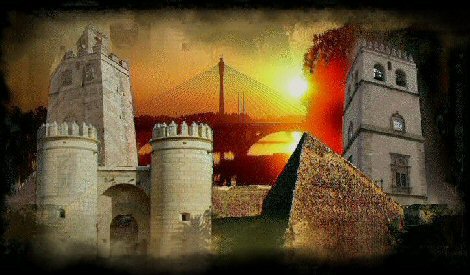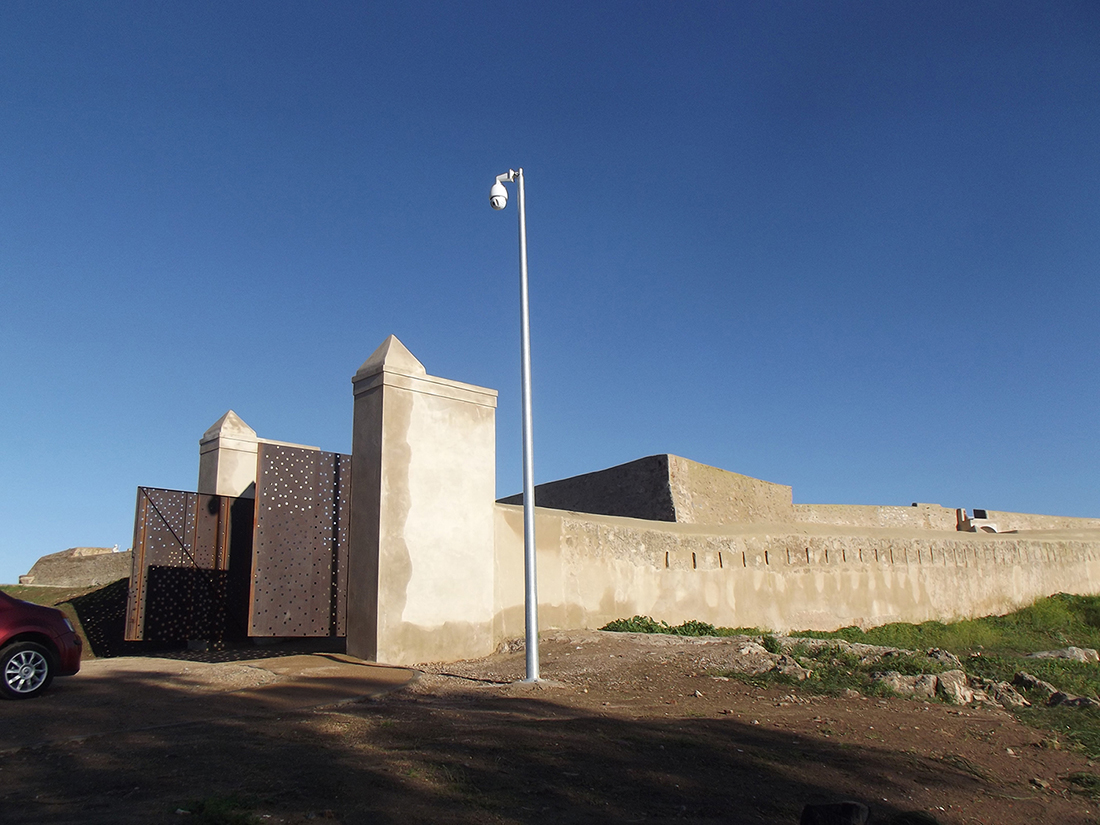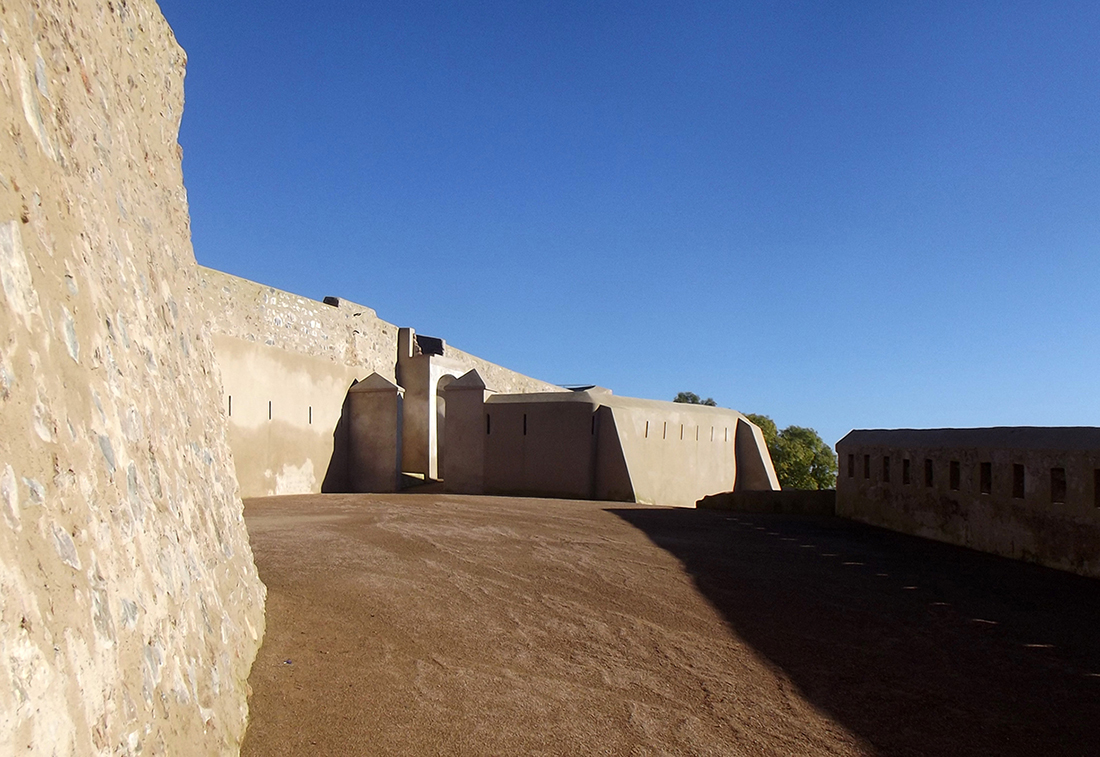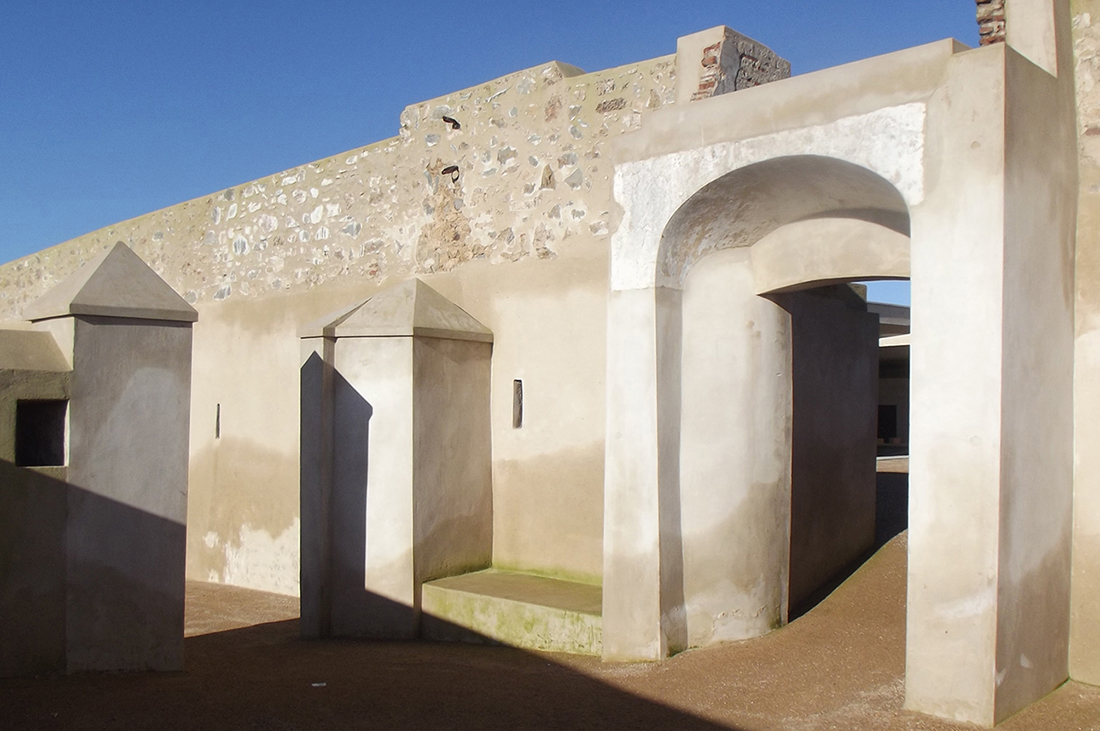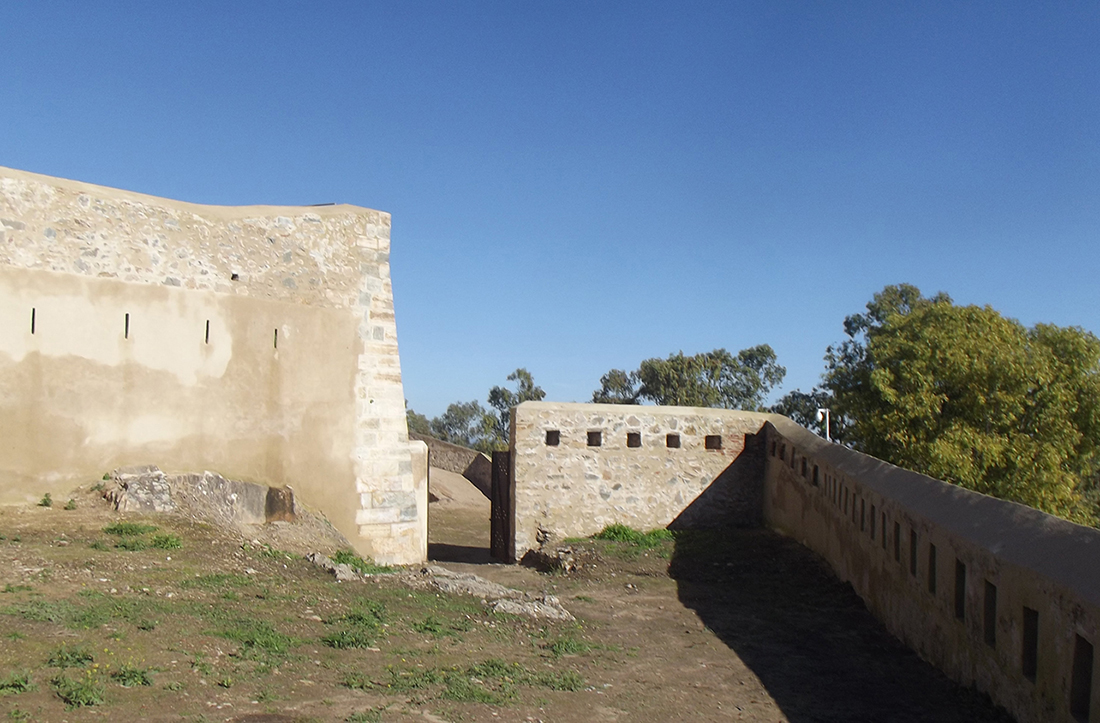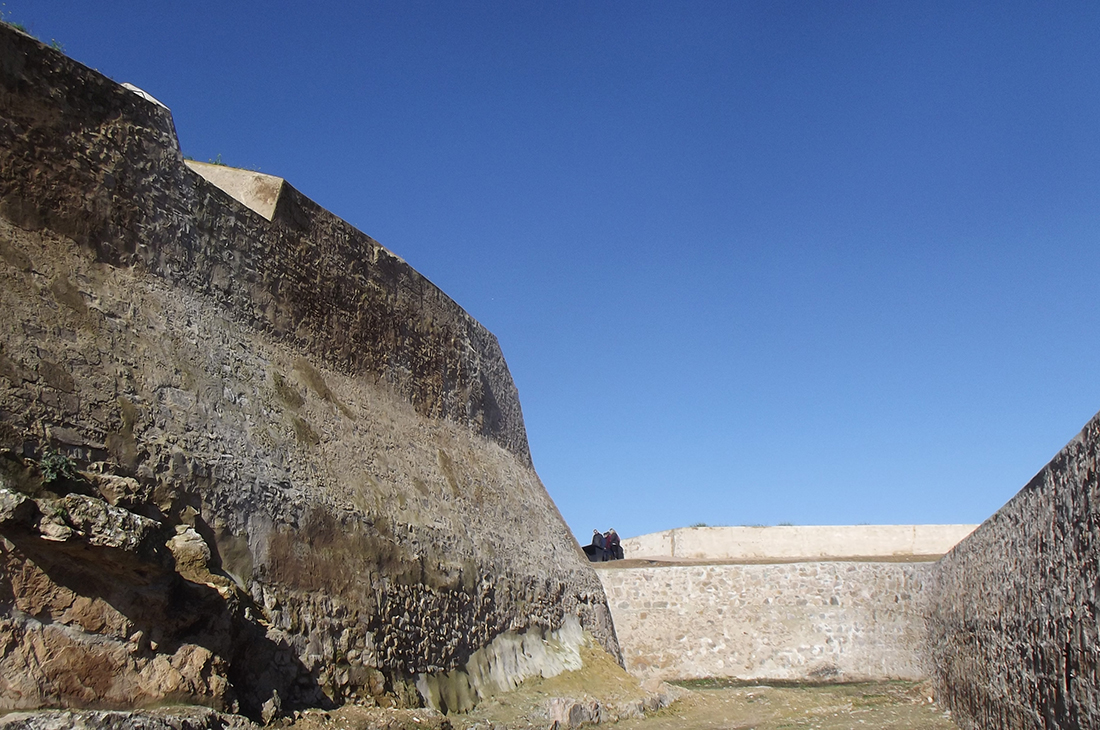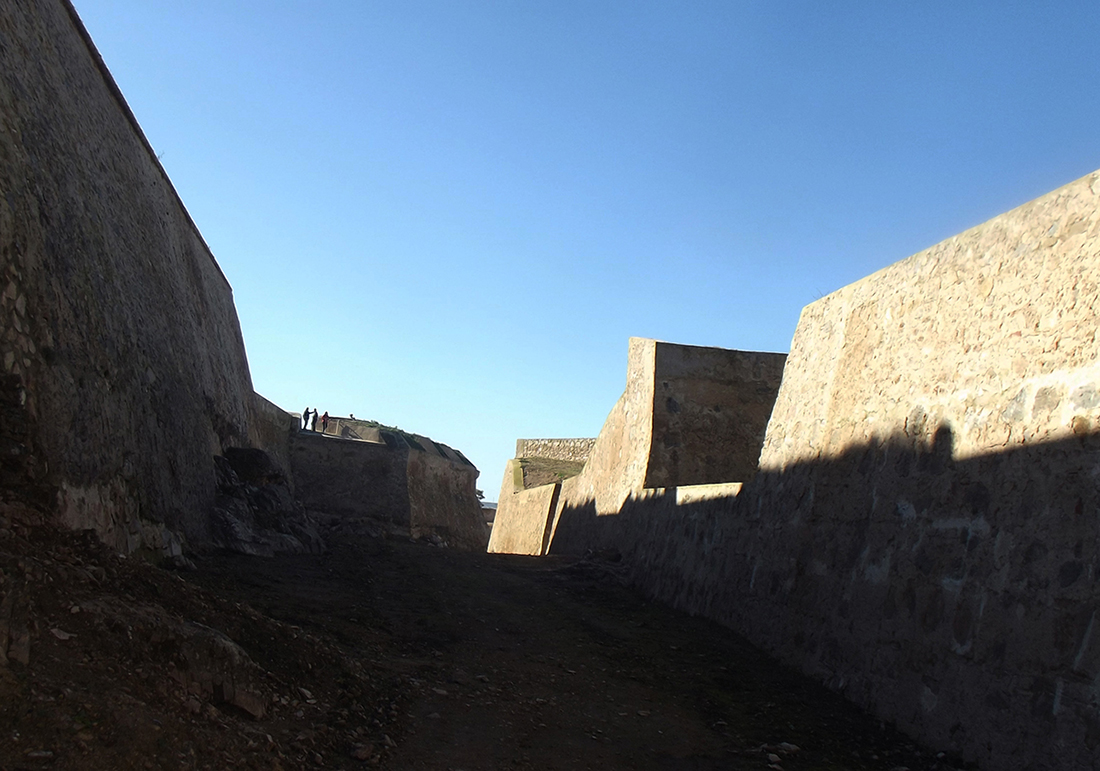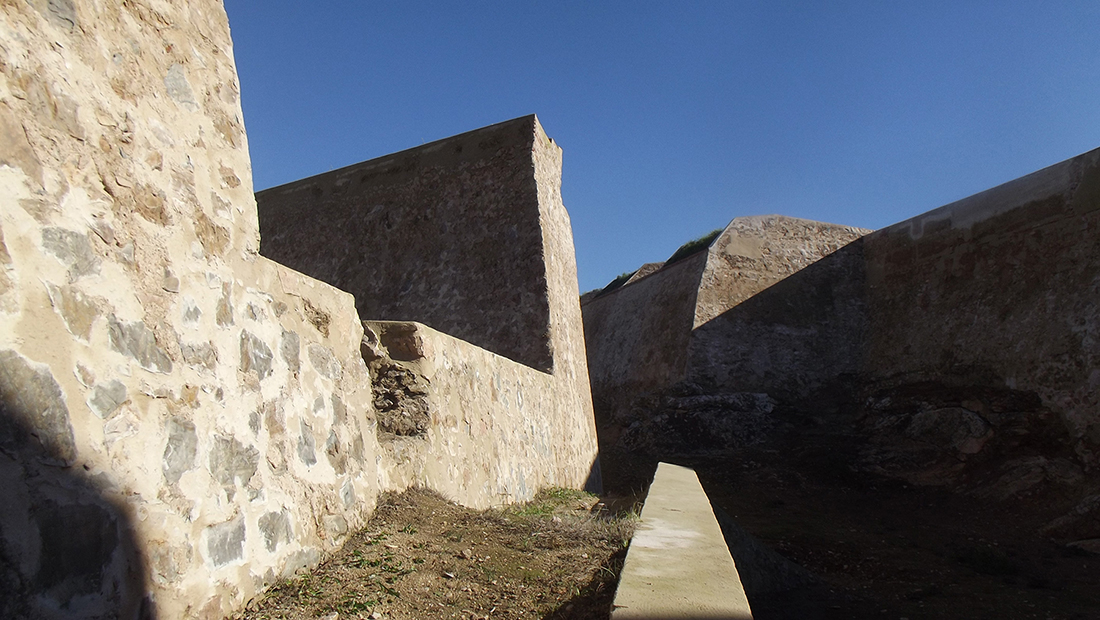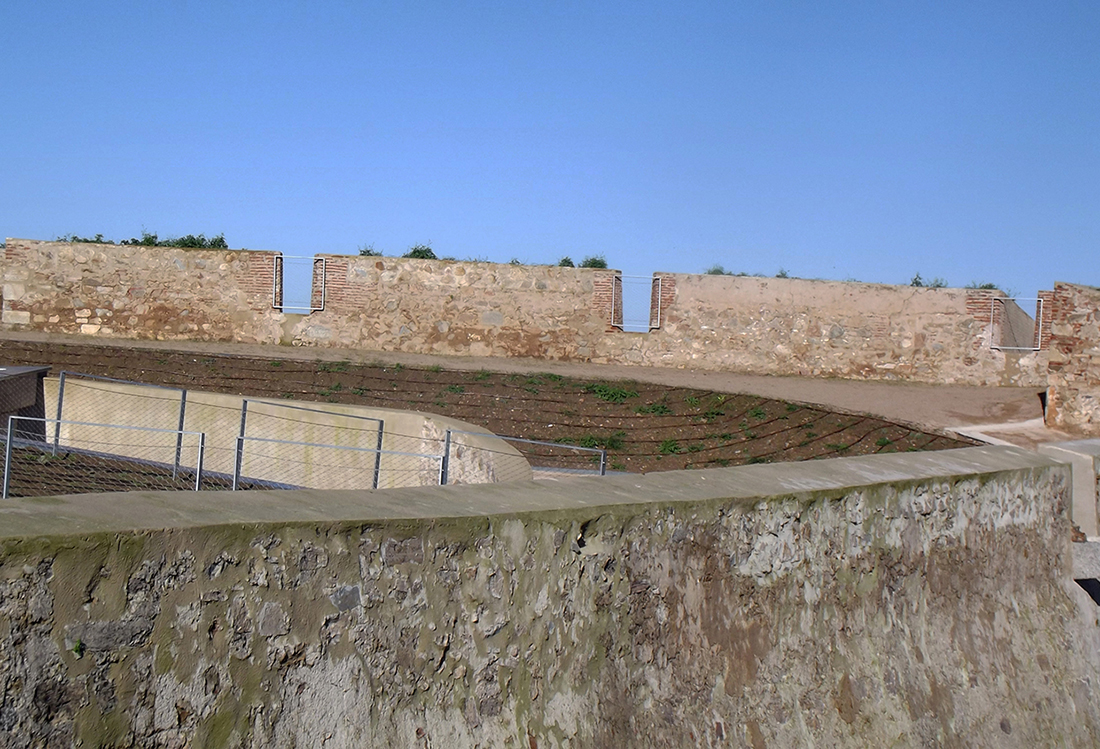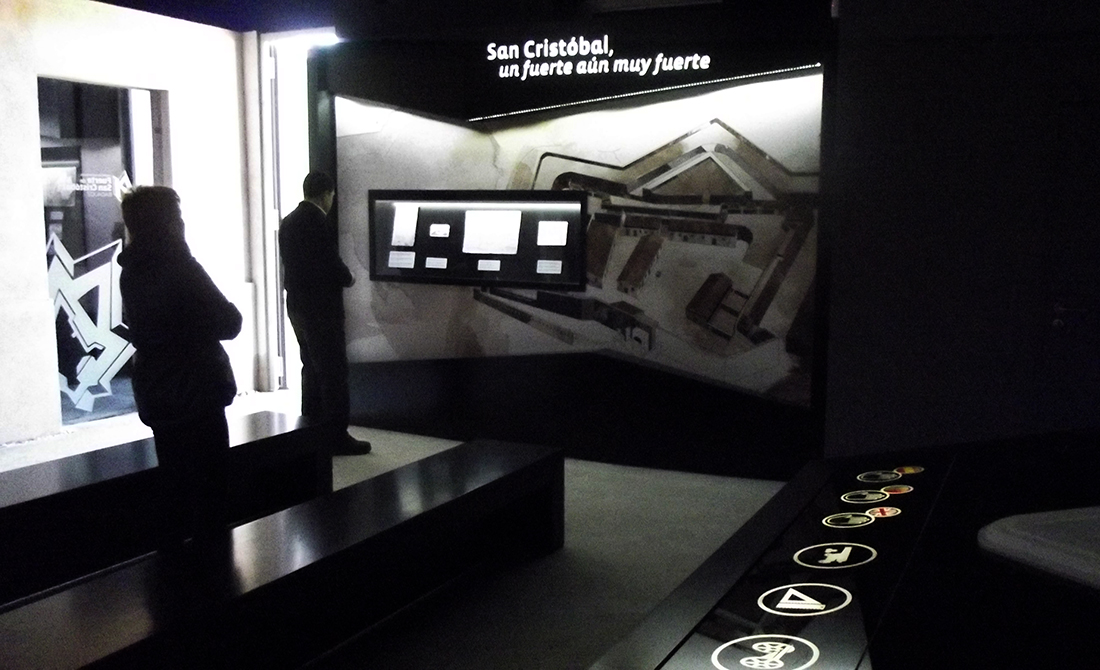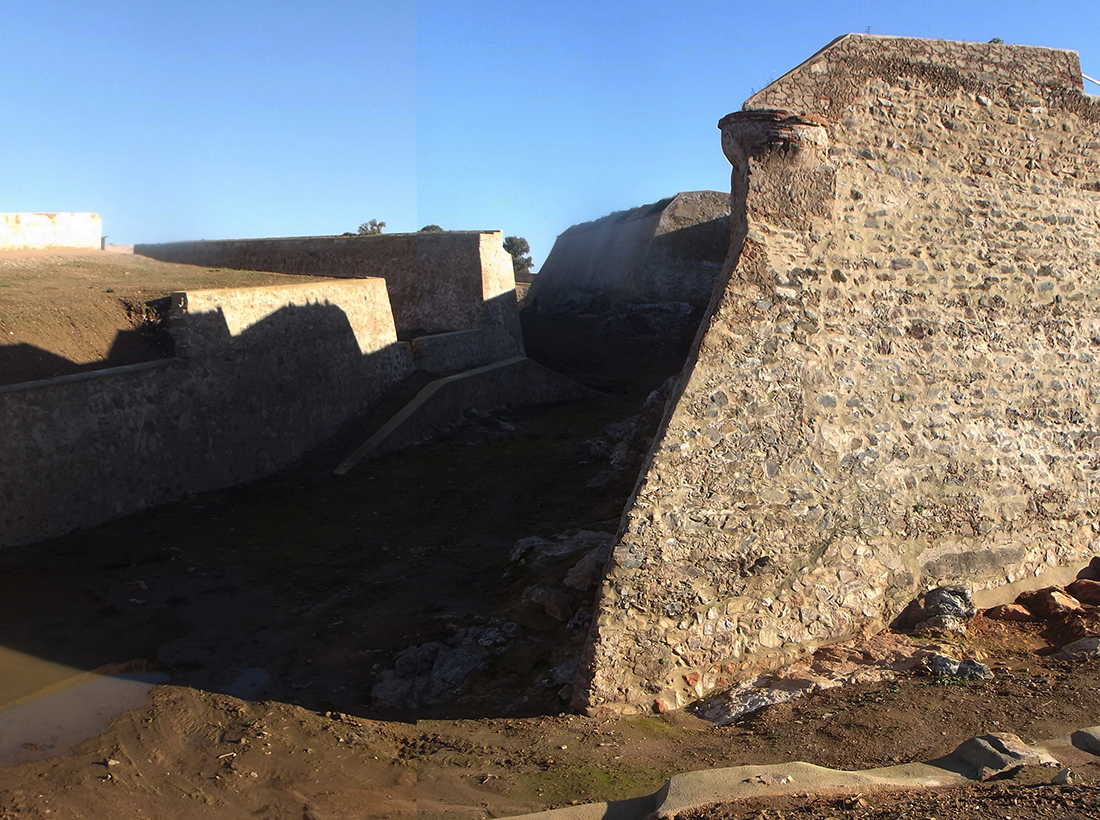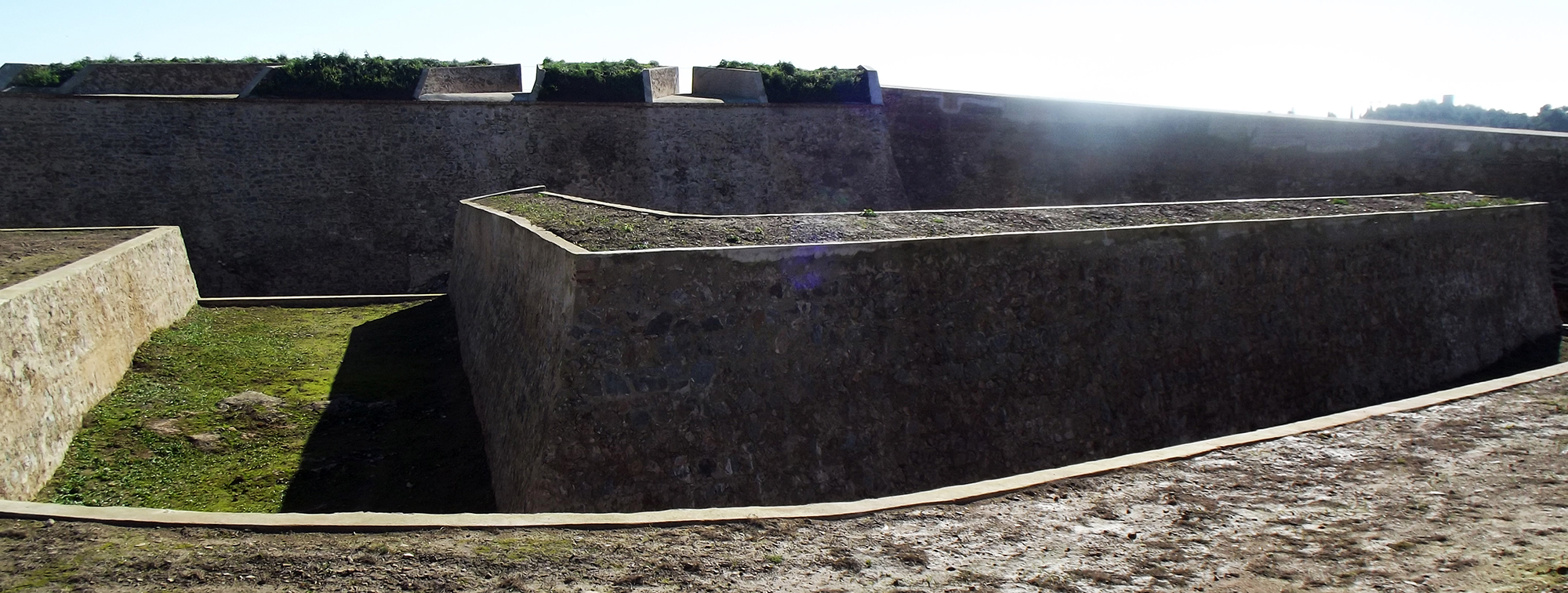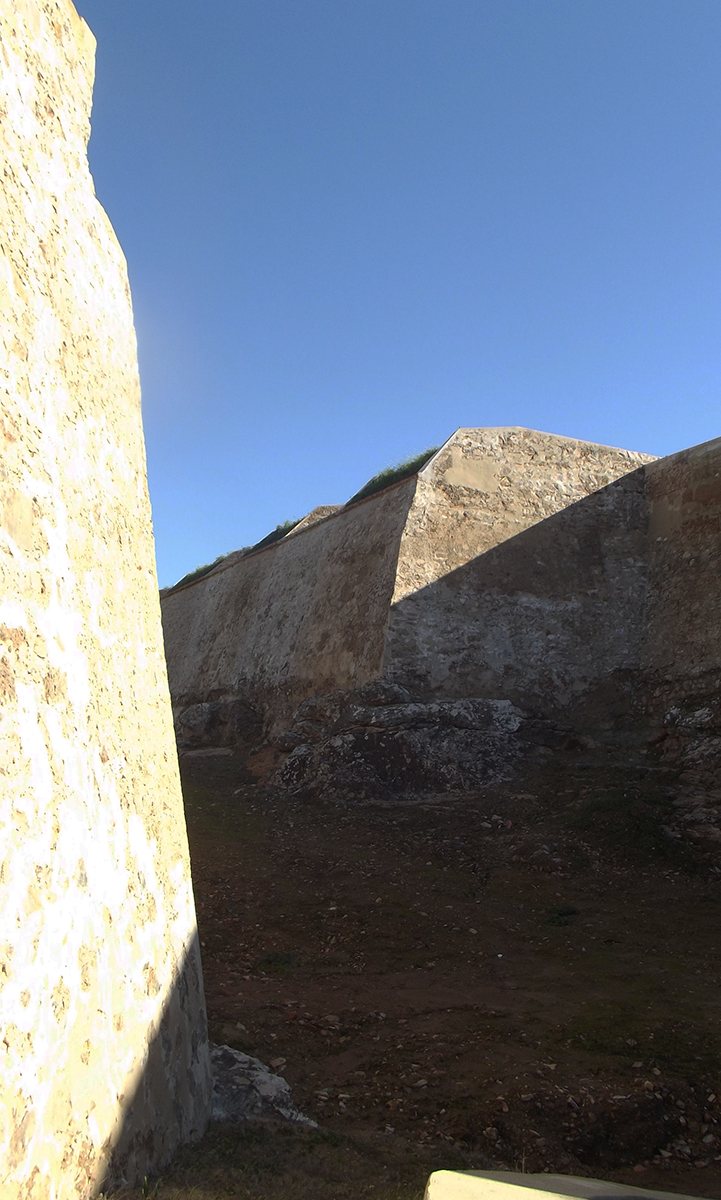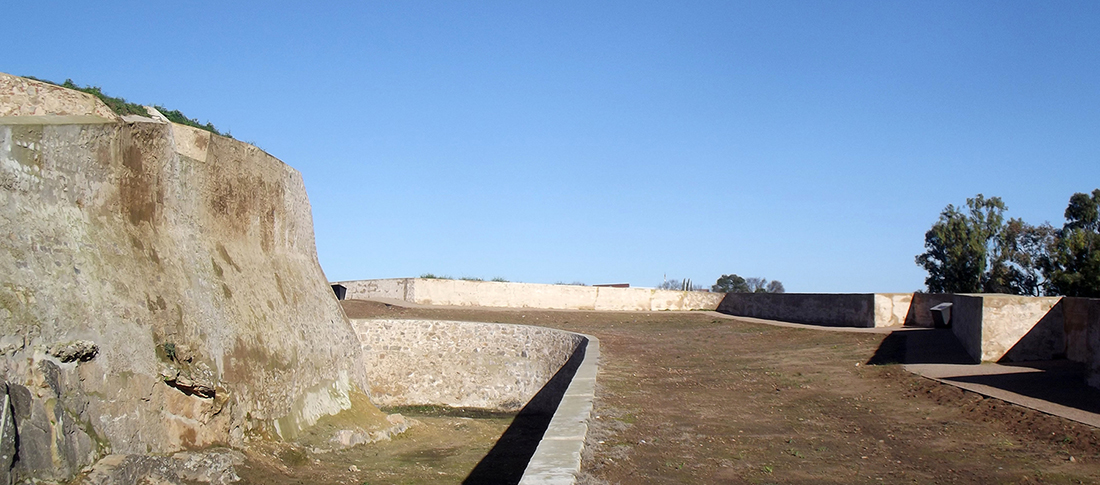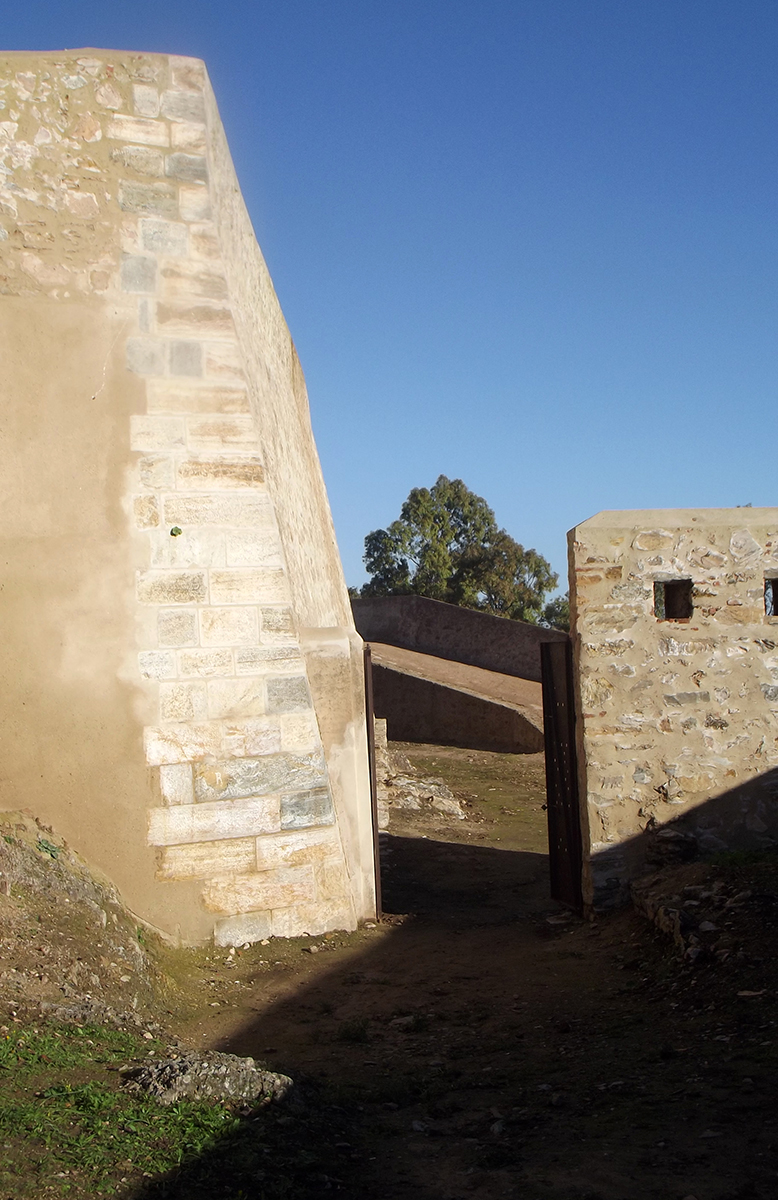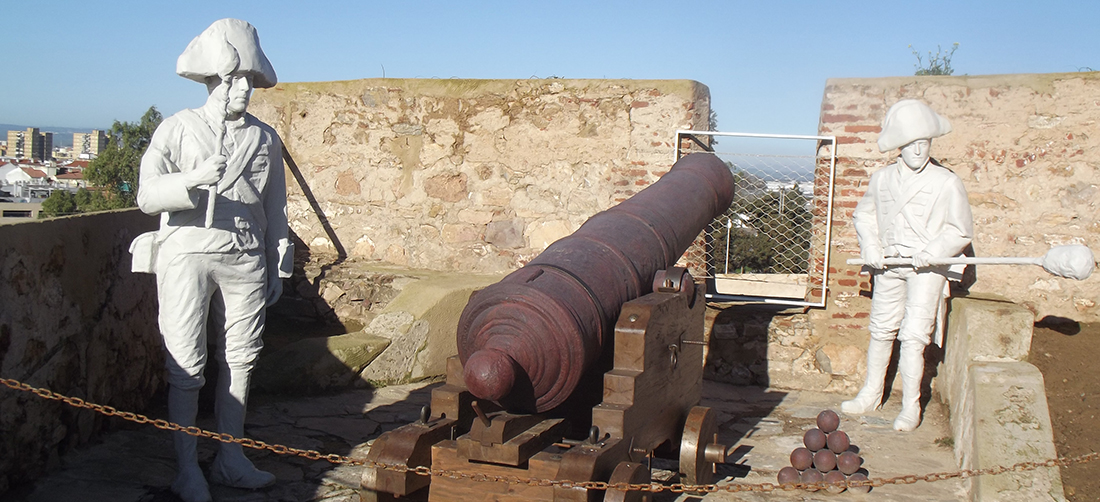 |
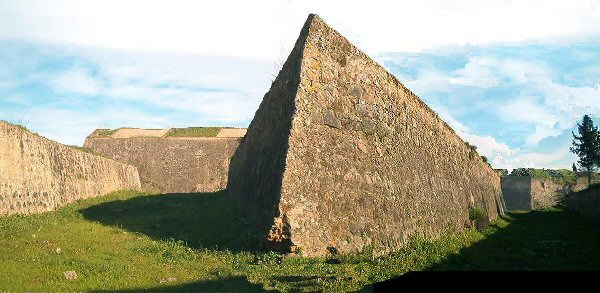 |
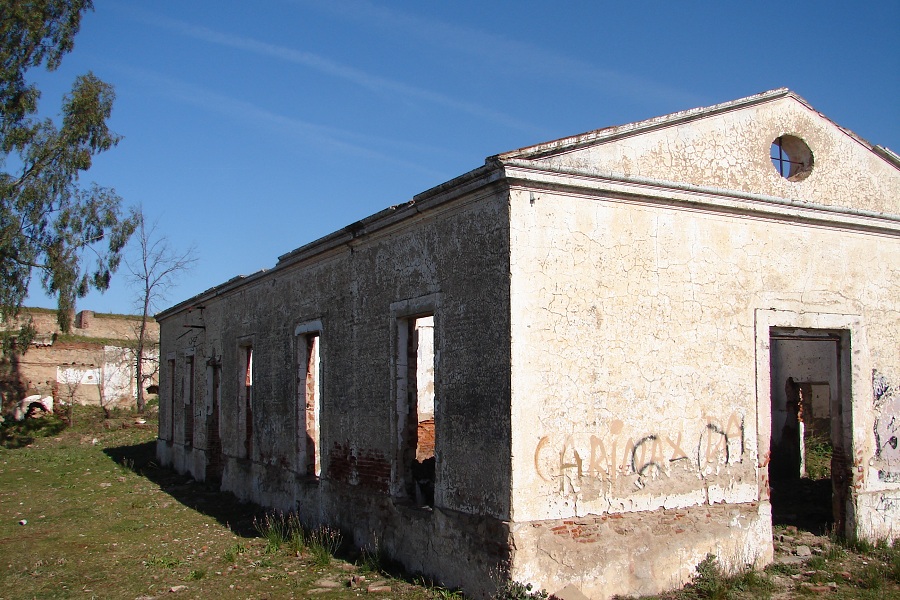 |
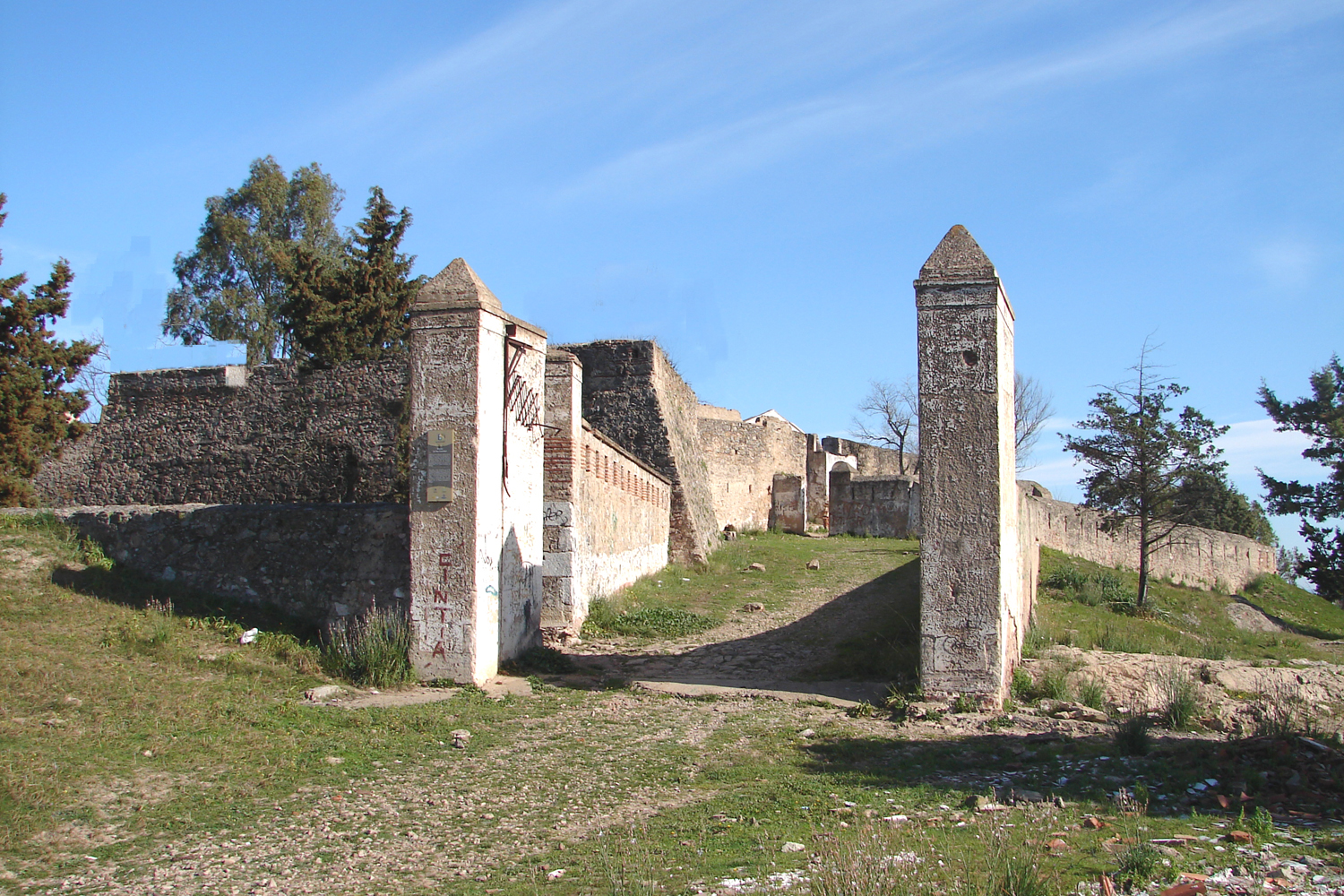 |
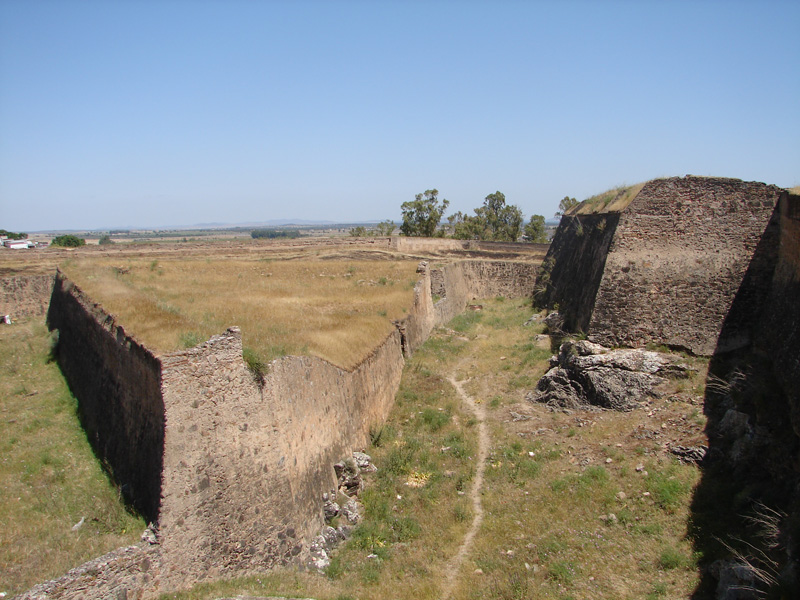 |
 |
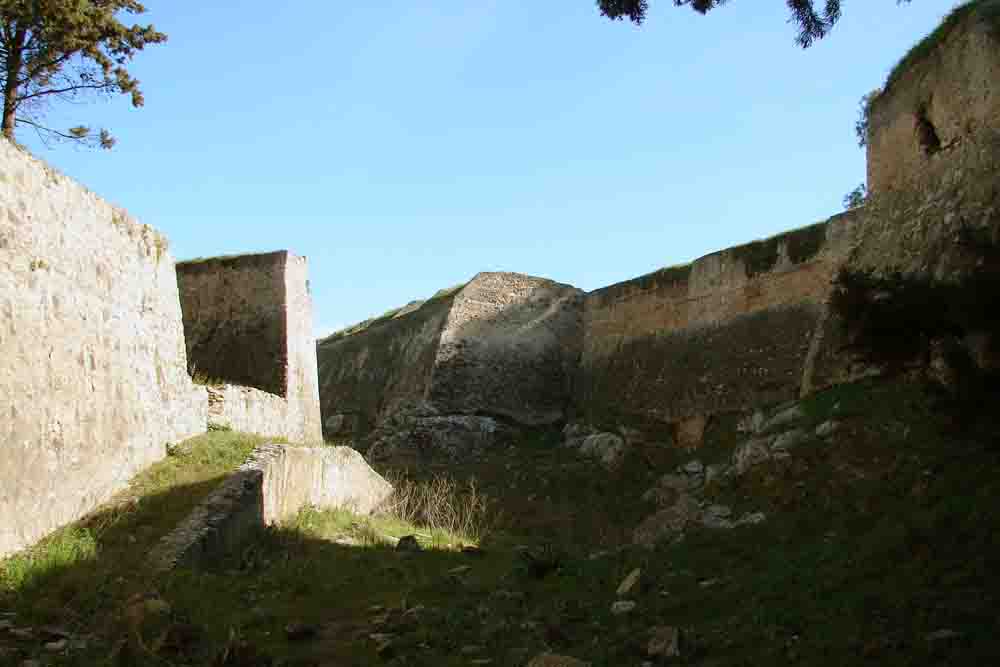 |
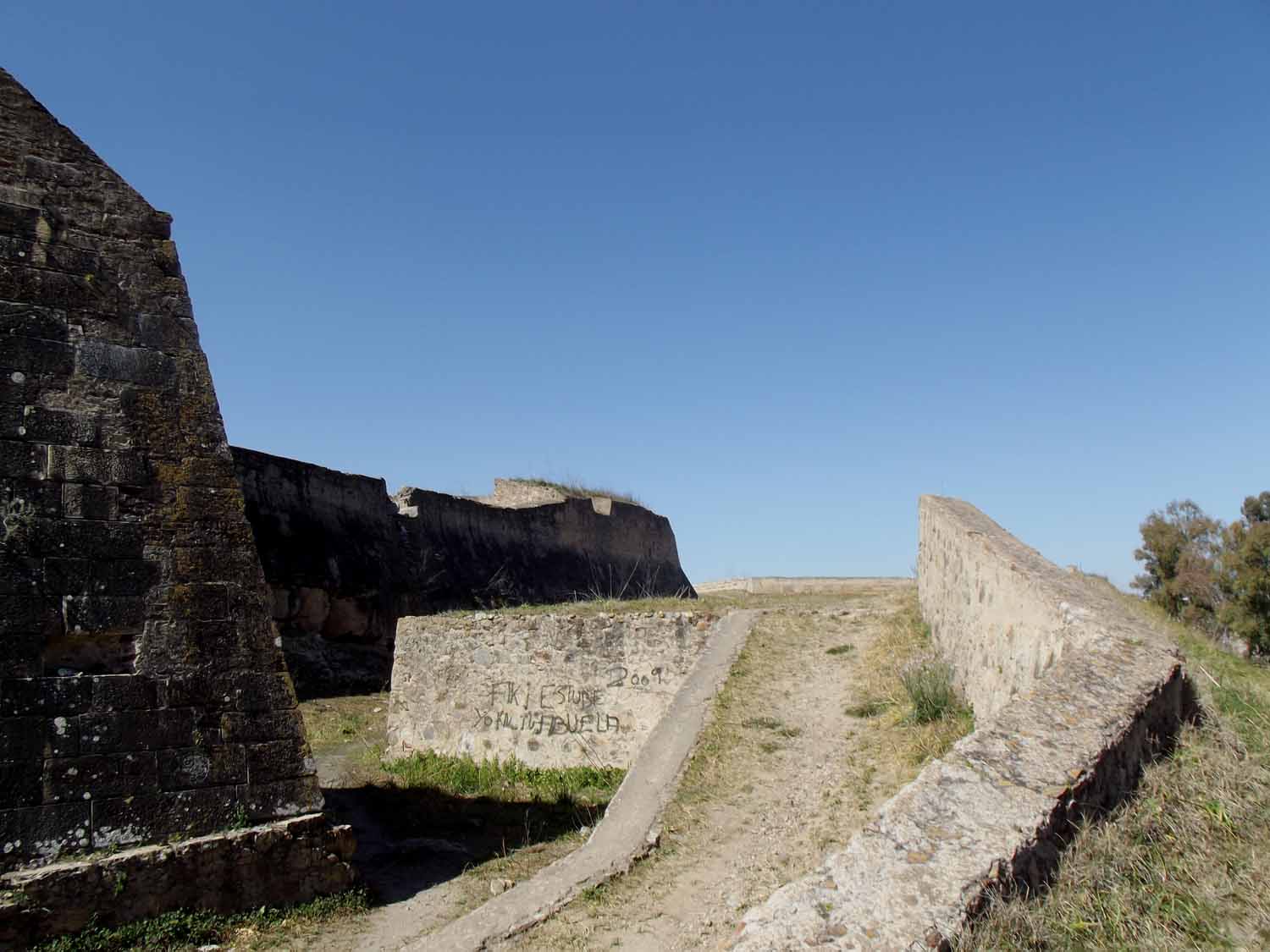 |
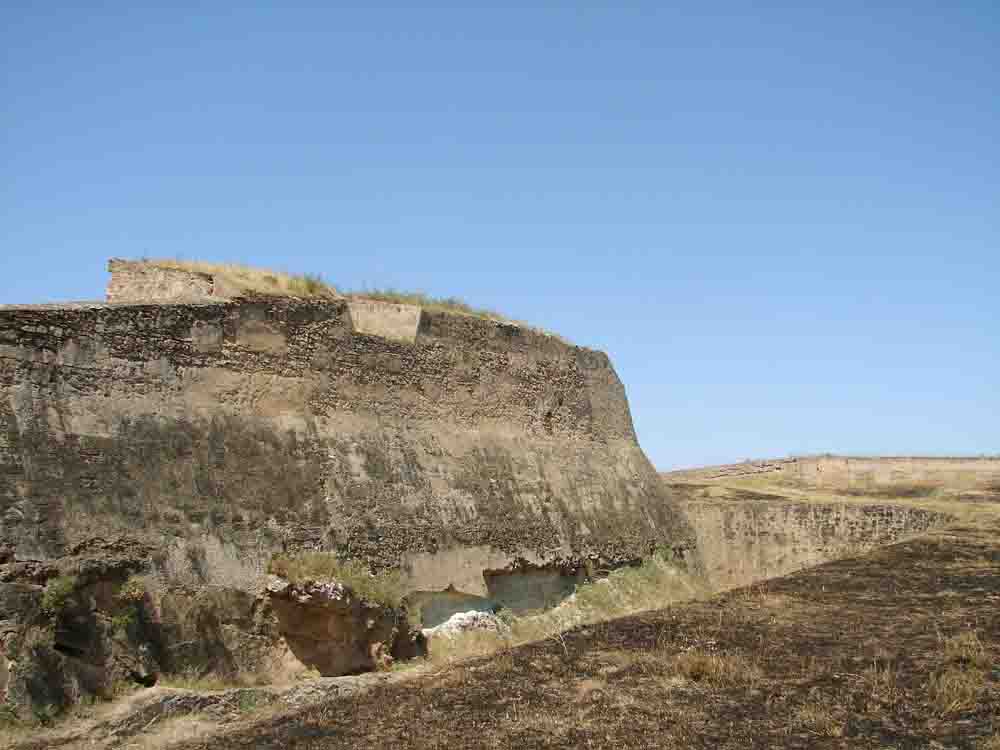 |
BASTIONED FORT OF
SAN ROQUE OR REVELLIN DE LA TRINIDAD
The Revellín de San Roque (or Fort of the Trinity) defended the Pillar Gate and was linked by a road covered with the Fort of Picuriña. The space between this enclave and the rest of the fortification could be flooded, so during the siege of 1812 a dam was erected downstream of the Rivillas, raising a few meters the level of the creek This space has been partially rehabilitated, cleaning the moat and reordering the inner courtyard. The covered road, the crossings and the garitas have not been recovered. |
 |
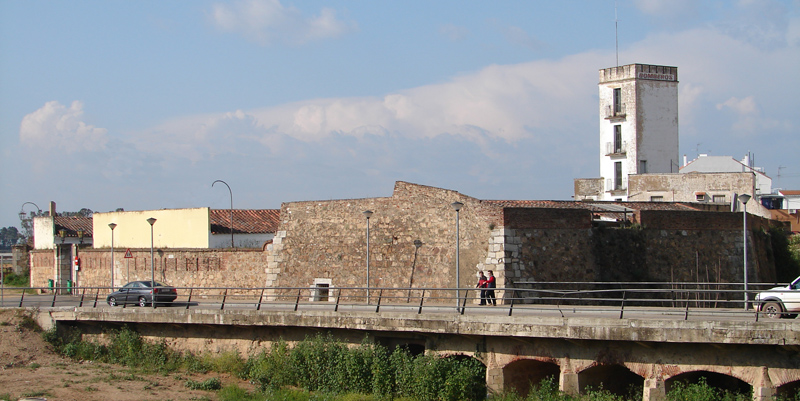 |
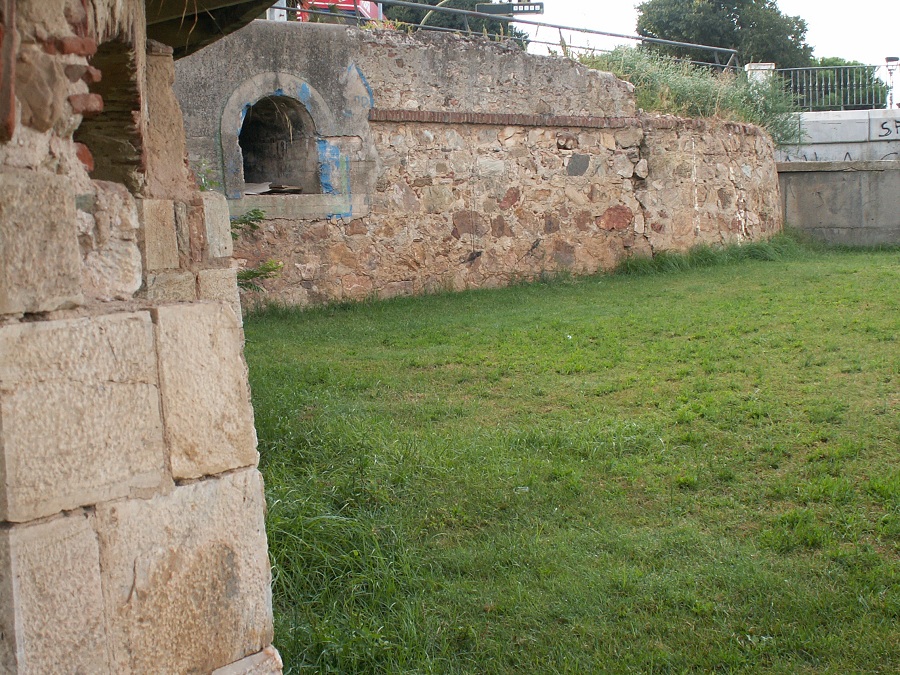 |
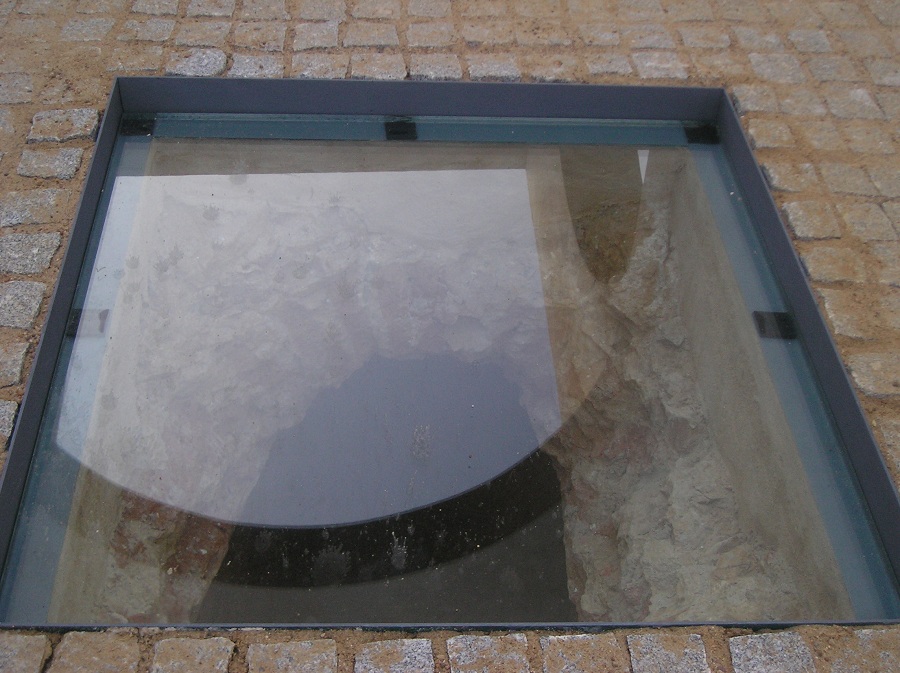 |
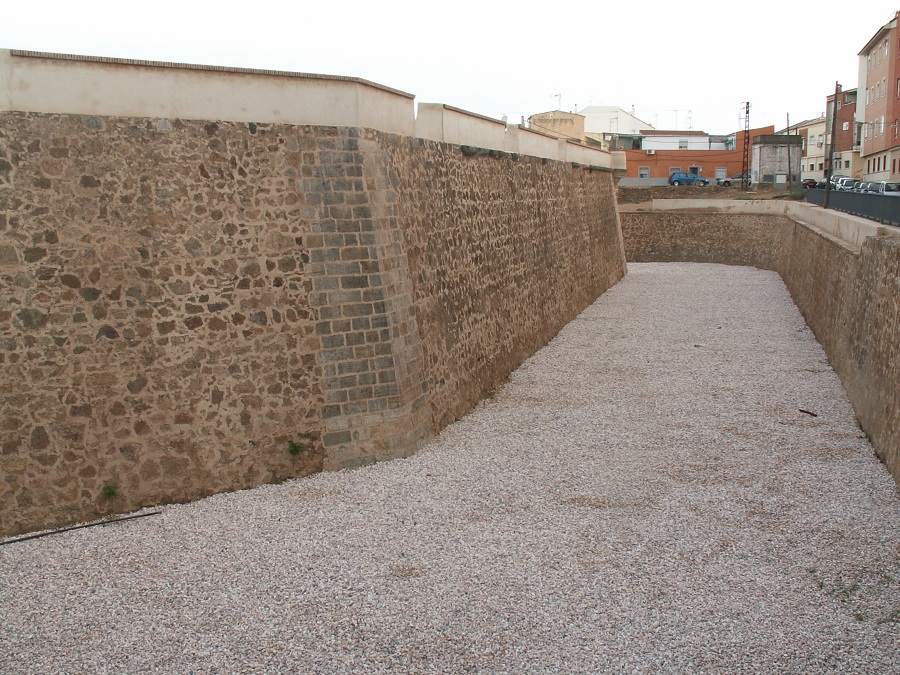 |
 |
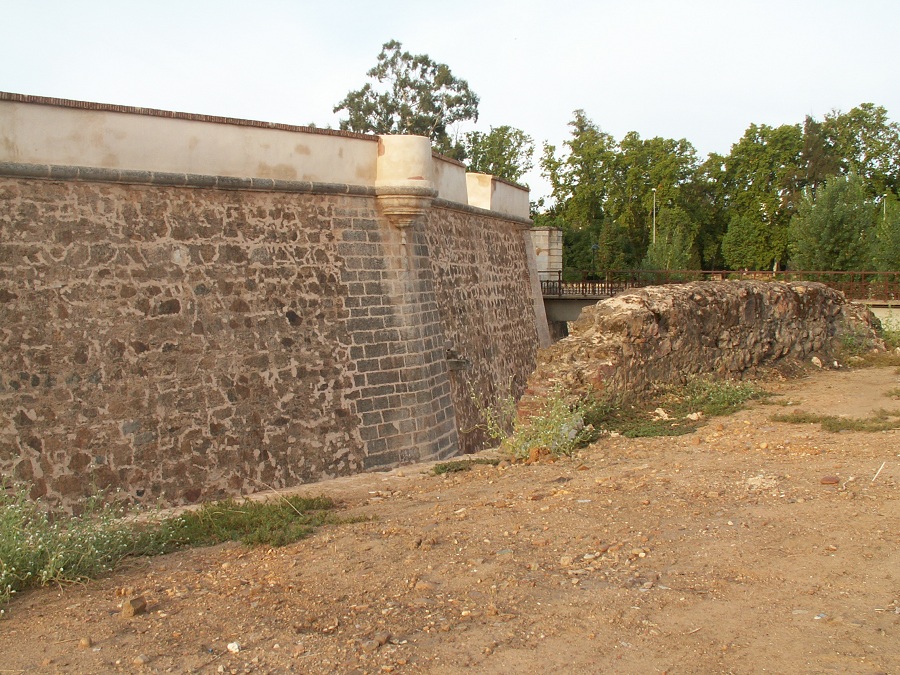 |
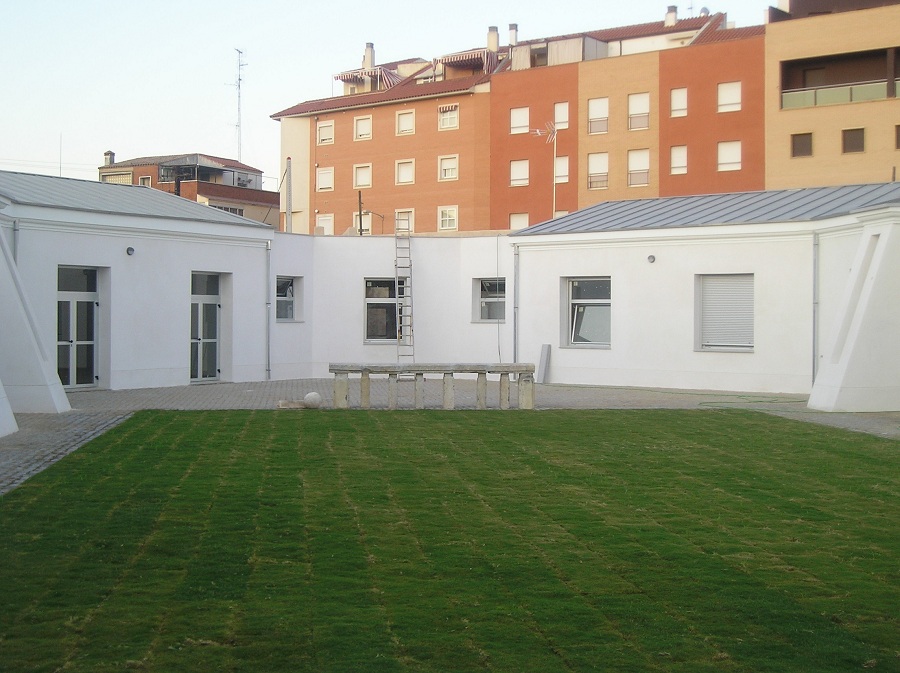 |
 |
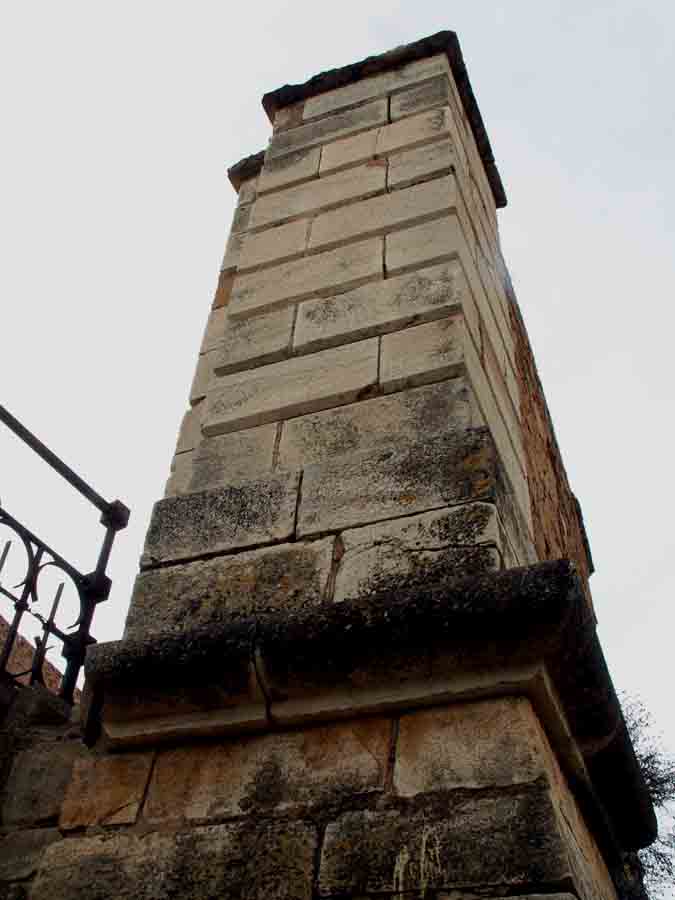 |
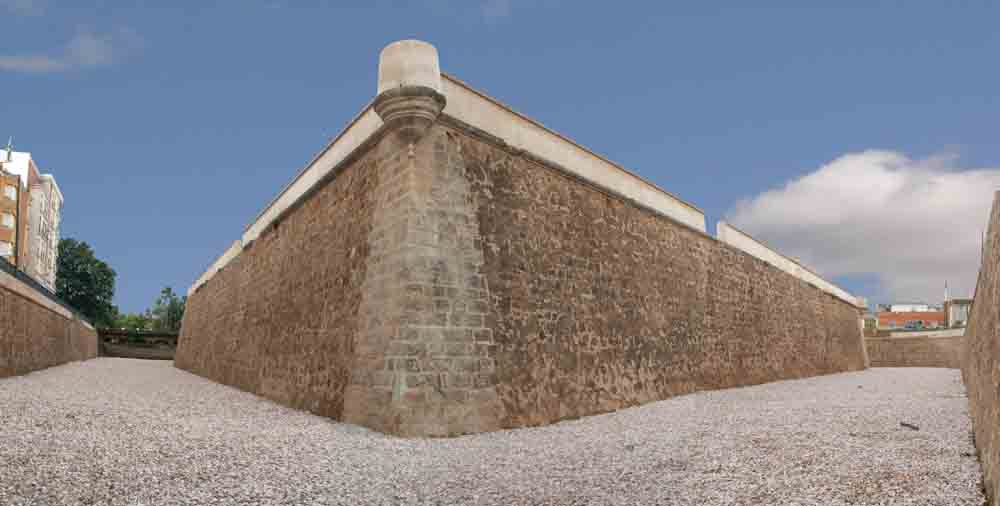 |
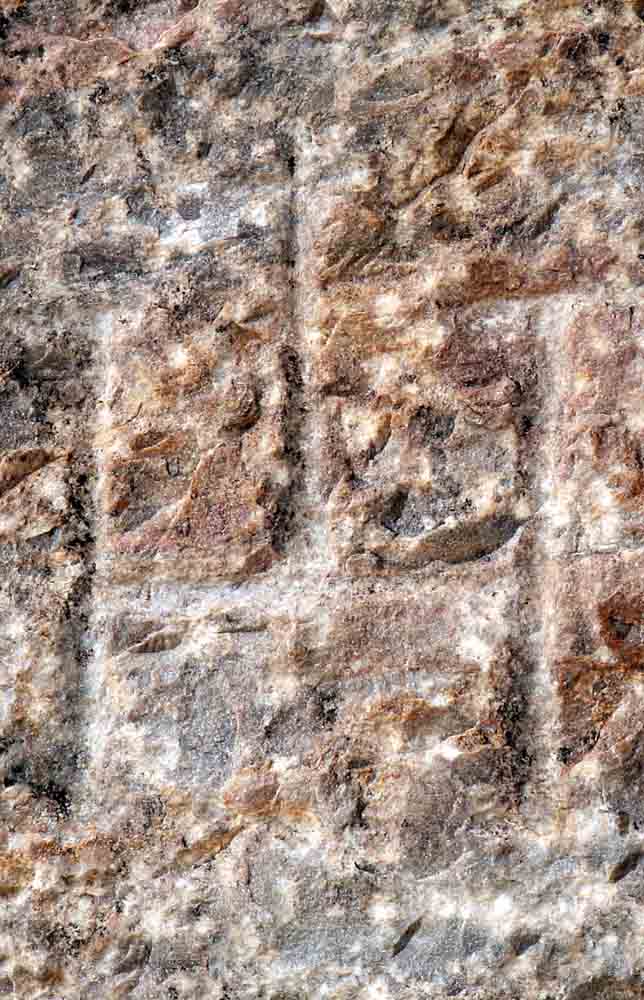 |
BASTIONED FORT OF PARDALERAS
Together with san Cristobál were the two most important fortresses that defended the city from the outside. It was badly damaged during the siege prior to the French's seizure of Badajoz, when it was bombed from the city by General Menacho. Once the Ministry of the Army handed over the fortifications to the City Council, it was one of the defensive spaces that soon suffered abandonment and ruin. On its stones and practically coinciding with the layout of its plant, the Badajoz Prison was erected and later the current Hispanic American Museum of Contemporary Art (M.E.I.A.C.) |
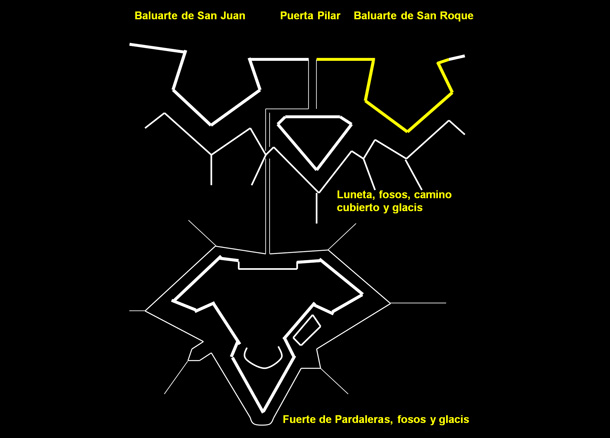 |
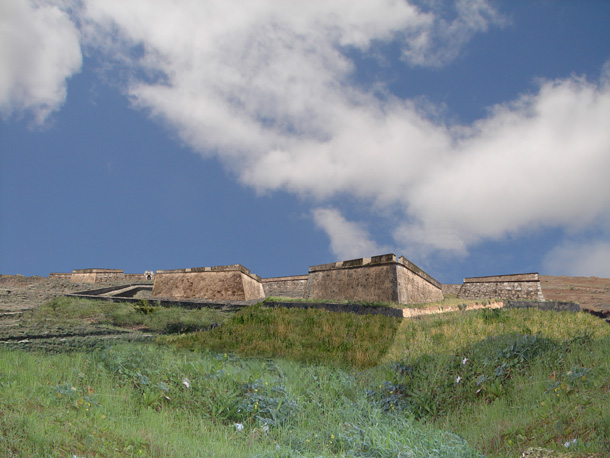 |
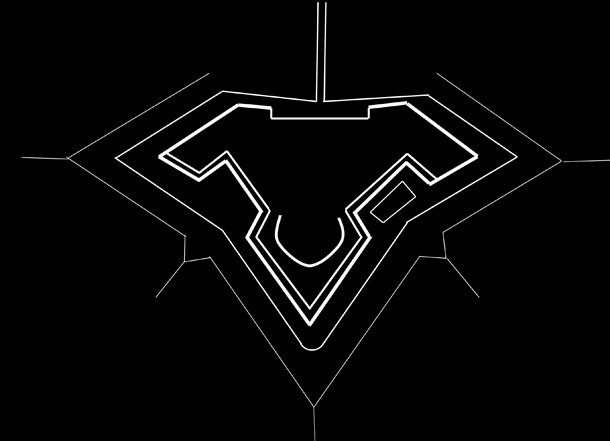 |
BASTIONED FORT OF THE PRINCE OR OF THE PICURIÑA
This fort protected the road of Andalucia and the accessions of the south, defending mainly the strongholds of the Trinity and St. Mary. The seizure of this redoubt by the besieged troops of Marshal Wellington at the site of 1812, allowed him to place at this point his logistical and artillery attack base. From this point he hardbombed the indicated strongholds and his intermediate curtain, until he managed to penetrate the square, after opening gaps and suffering more than 3,000 casualties. Today only one stone and some dependencies, are the exponent of another nucleus of our heritage, which is exfromed. |
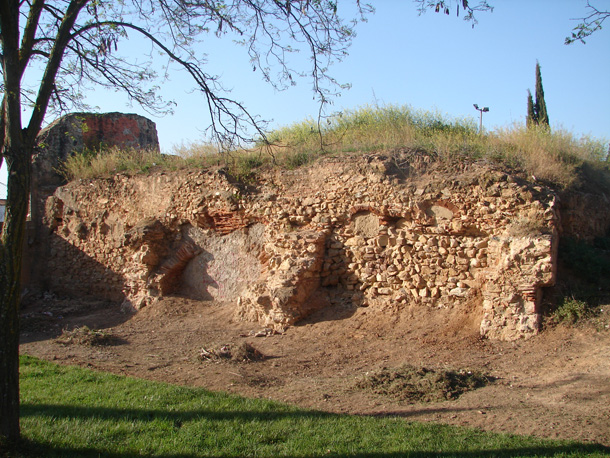 |
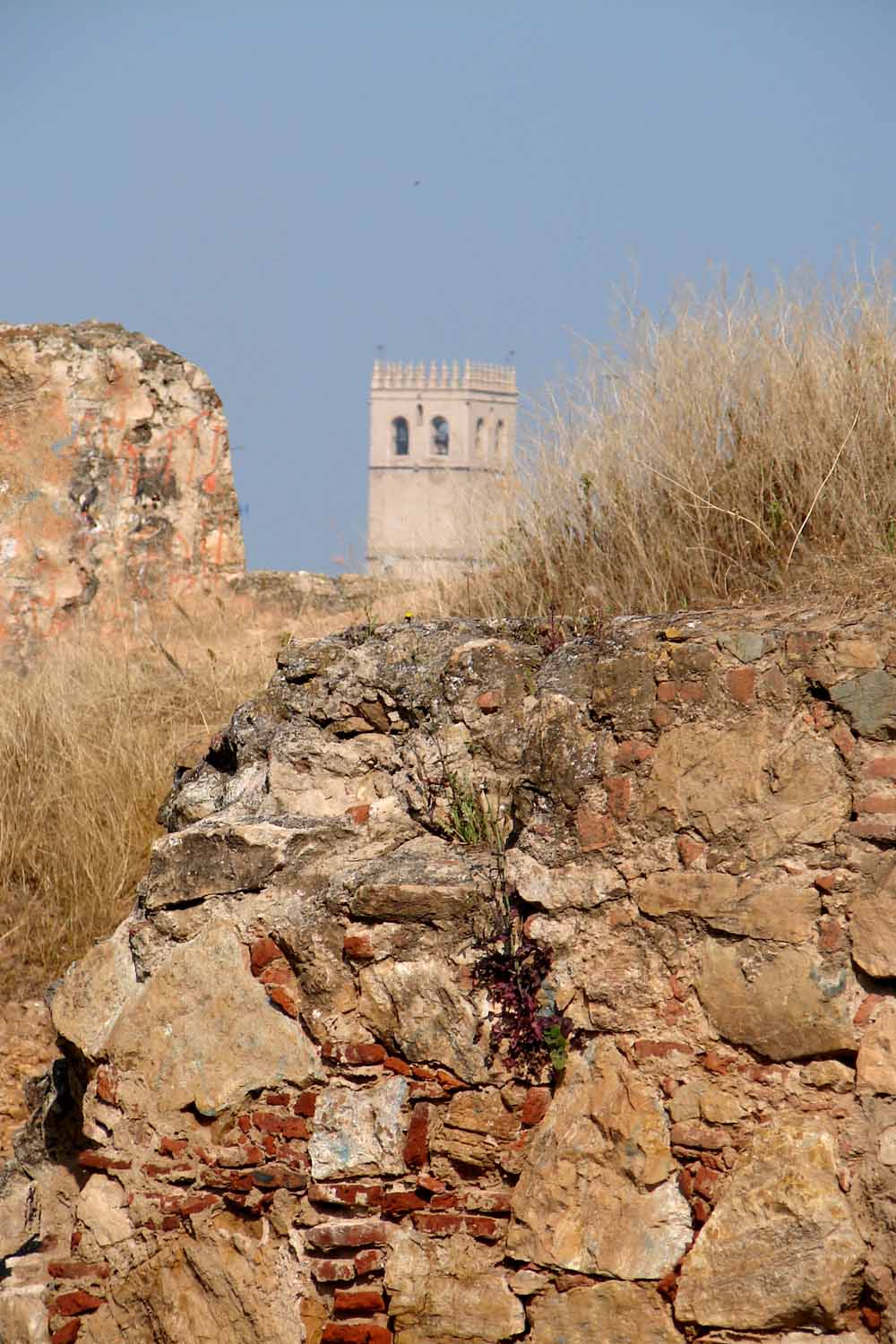 |
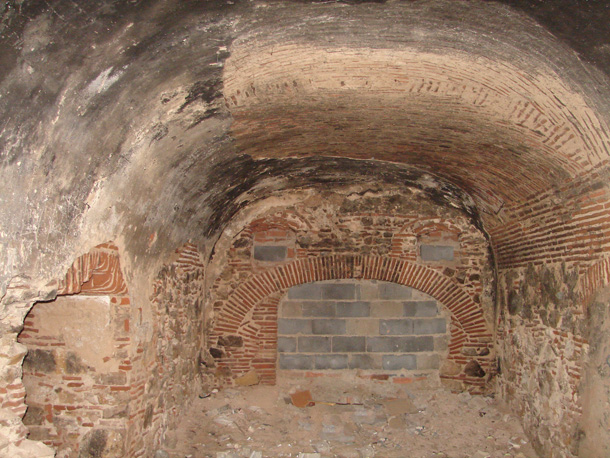 |
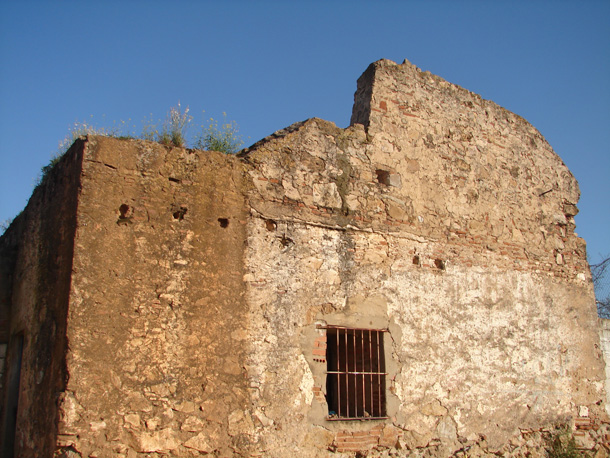 |
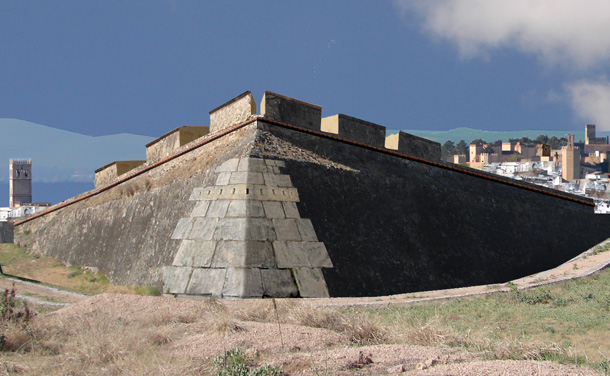 |
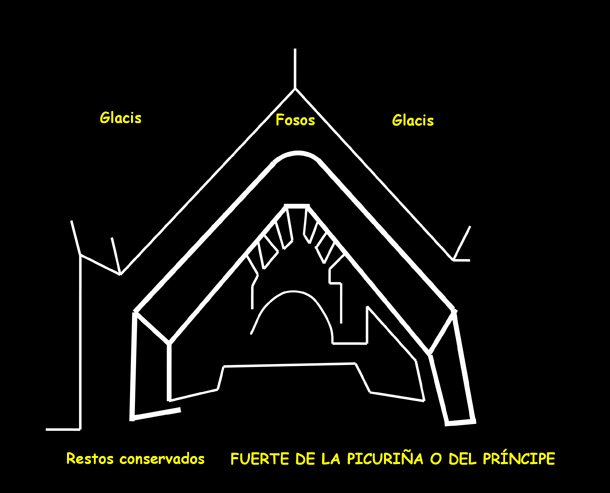 |
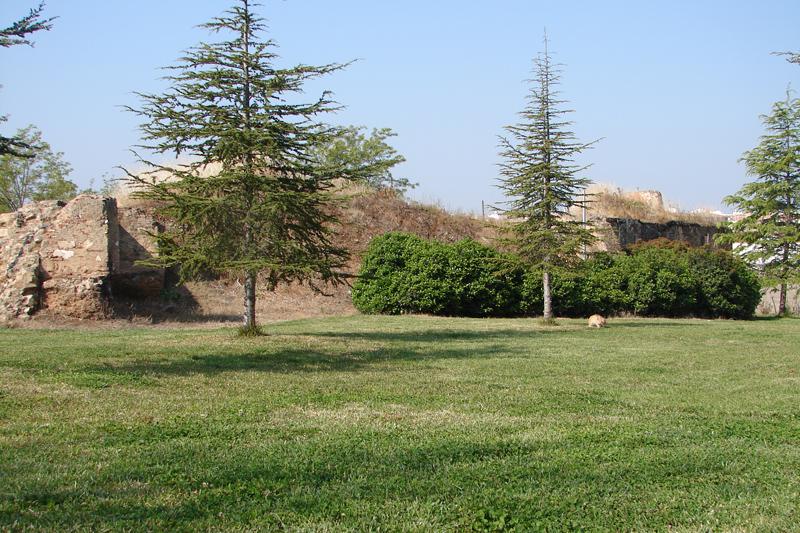 |
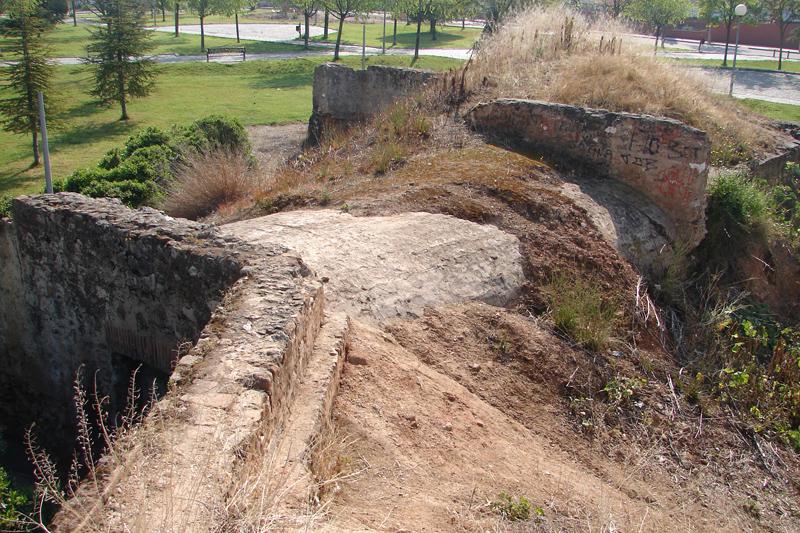 |
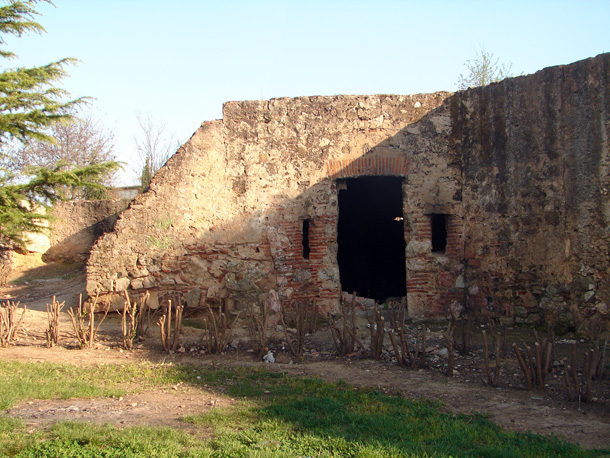 |
BASTIONED FORT (
HORNWORK) OF THE HEAD OF THE BRIDGE The Bridge Head was protected by a triangular fort, with the gola closing the bridge exit and two small bastions joined by a central curtain. On this wall was opened a gap to make way for the road that linked the city with the railway station. Originally the bridge of Palmas had closed its direct access and was cut by the moat of the fort. The exit was under the gun yard and St. Vincent's Gate. |
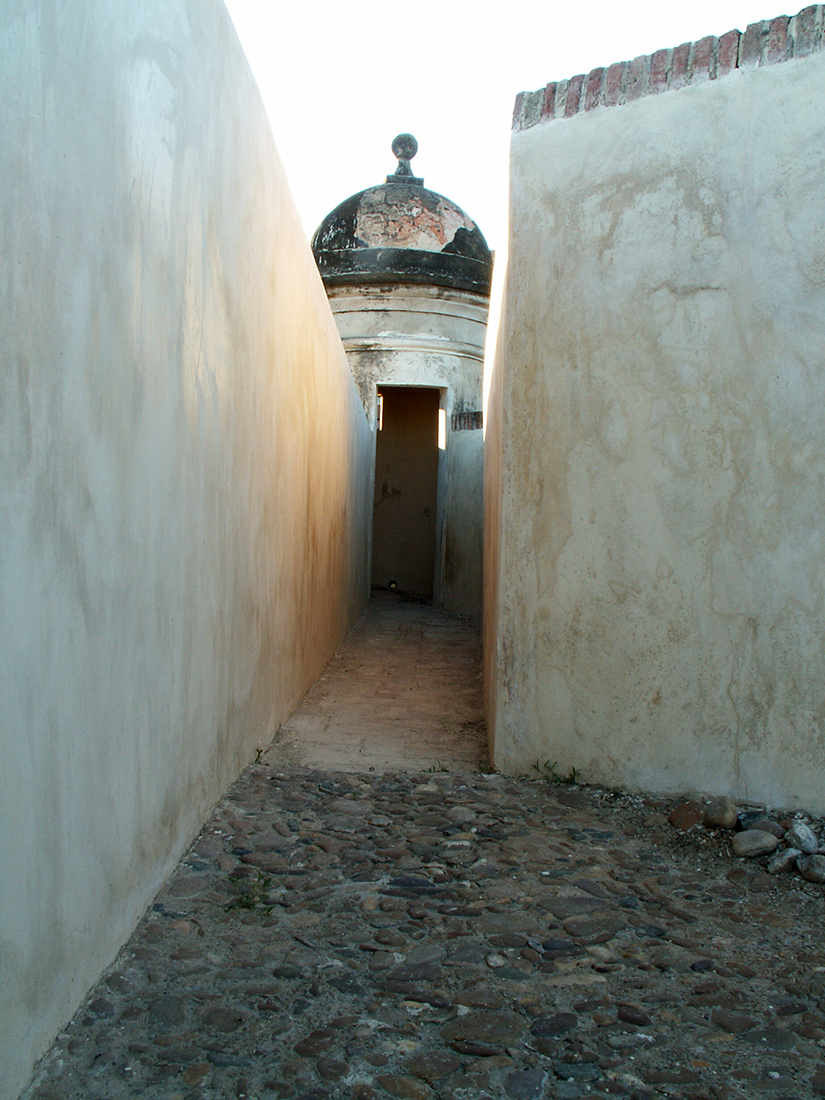 |
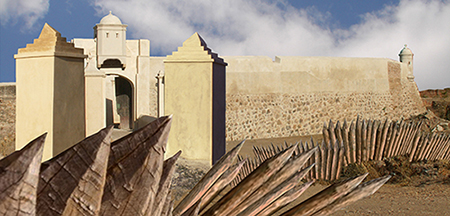 |
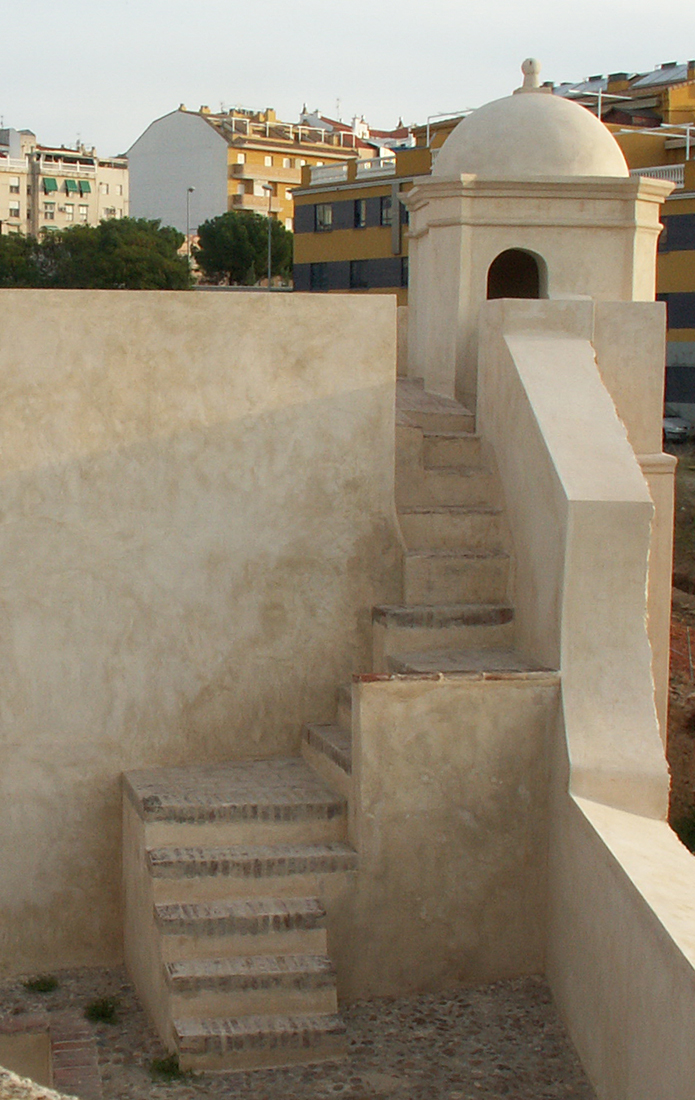 |
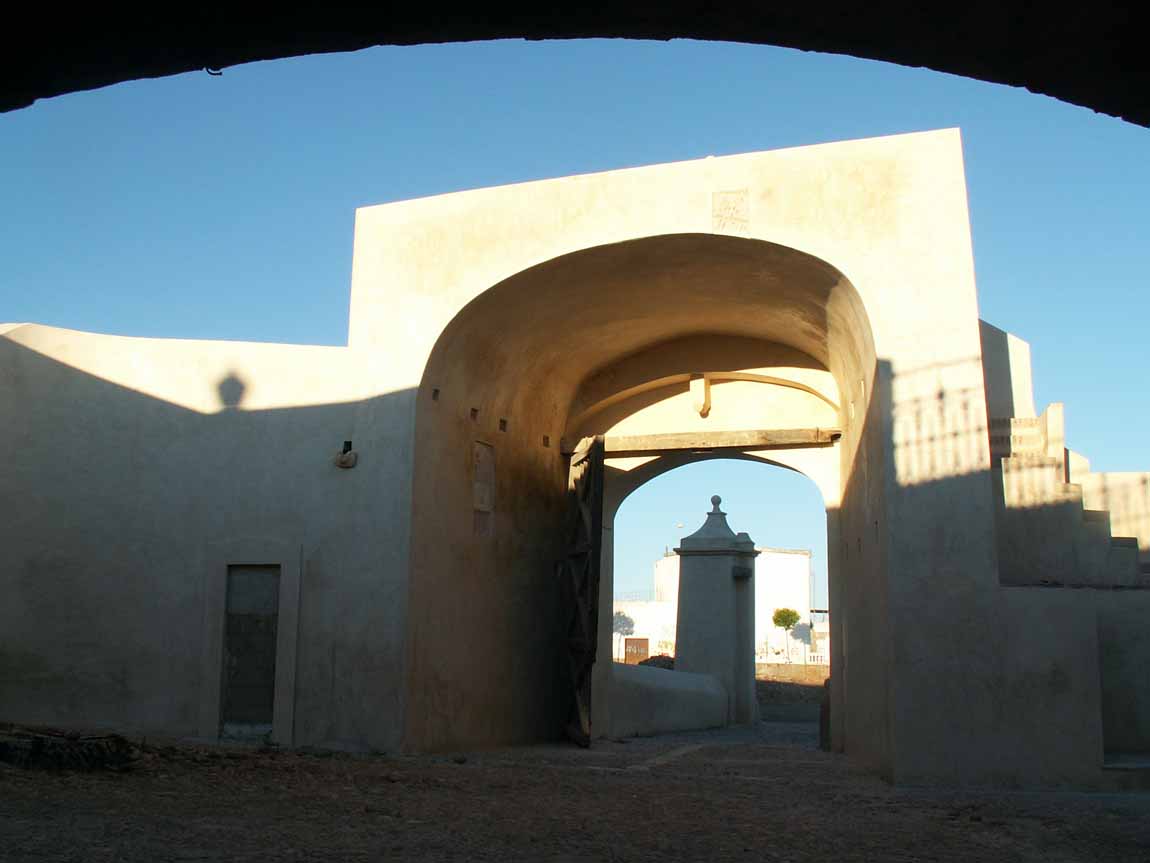 |
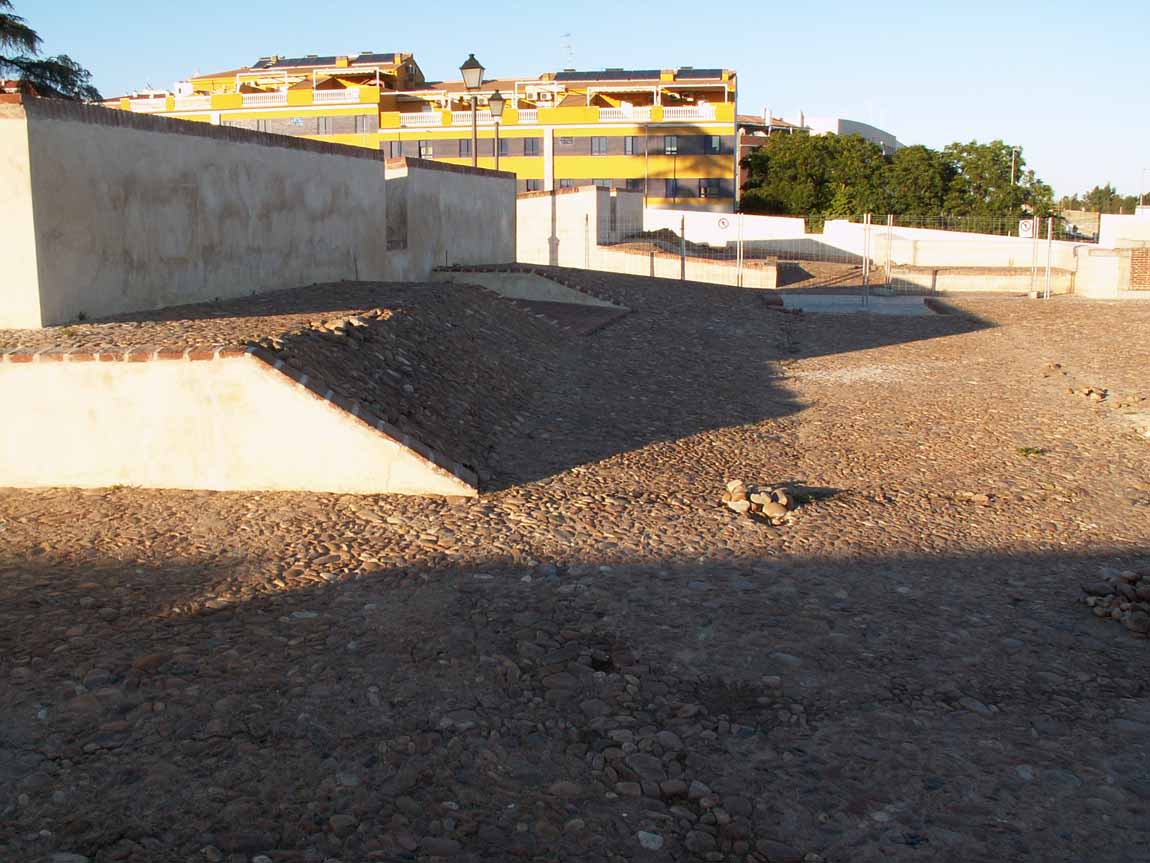 |
|
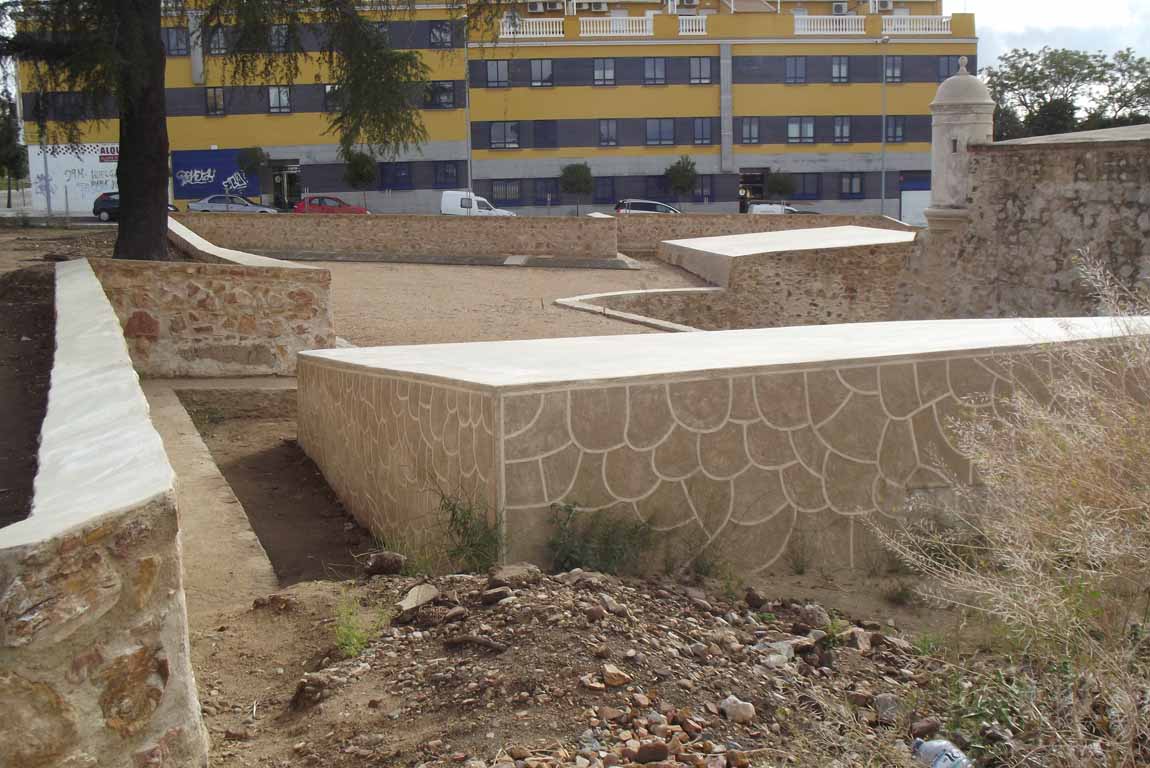 |
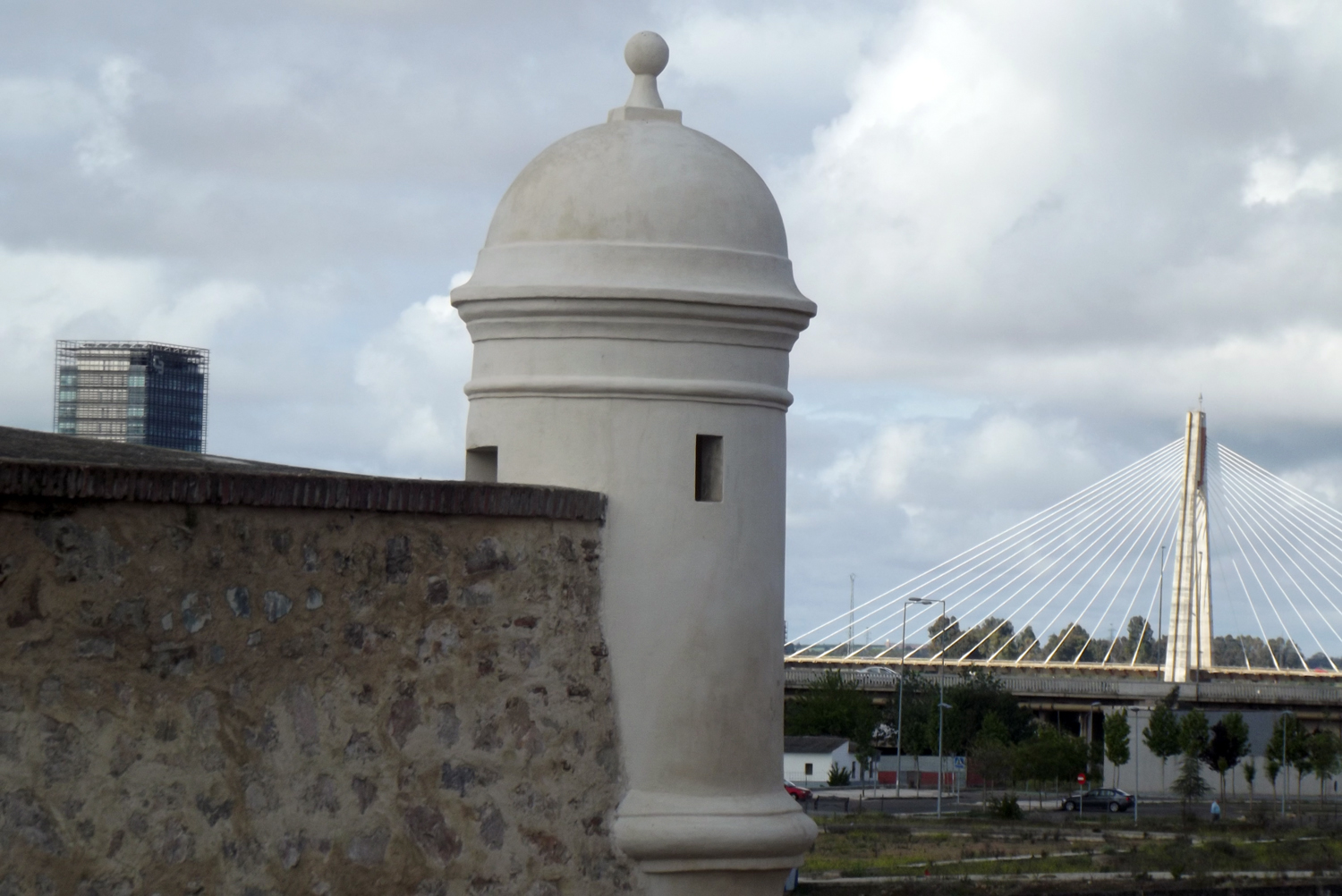 |
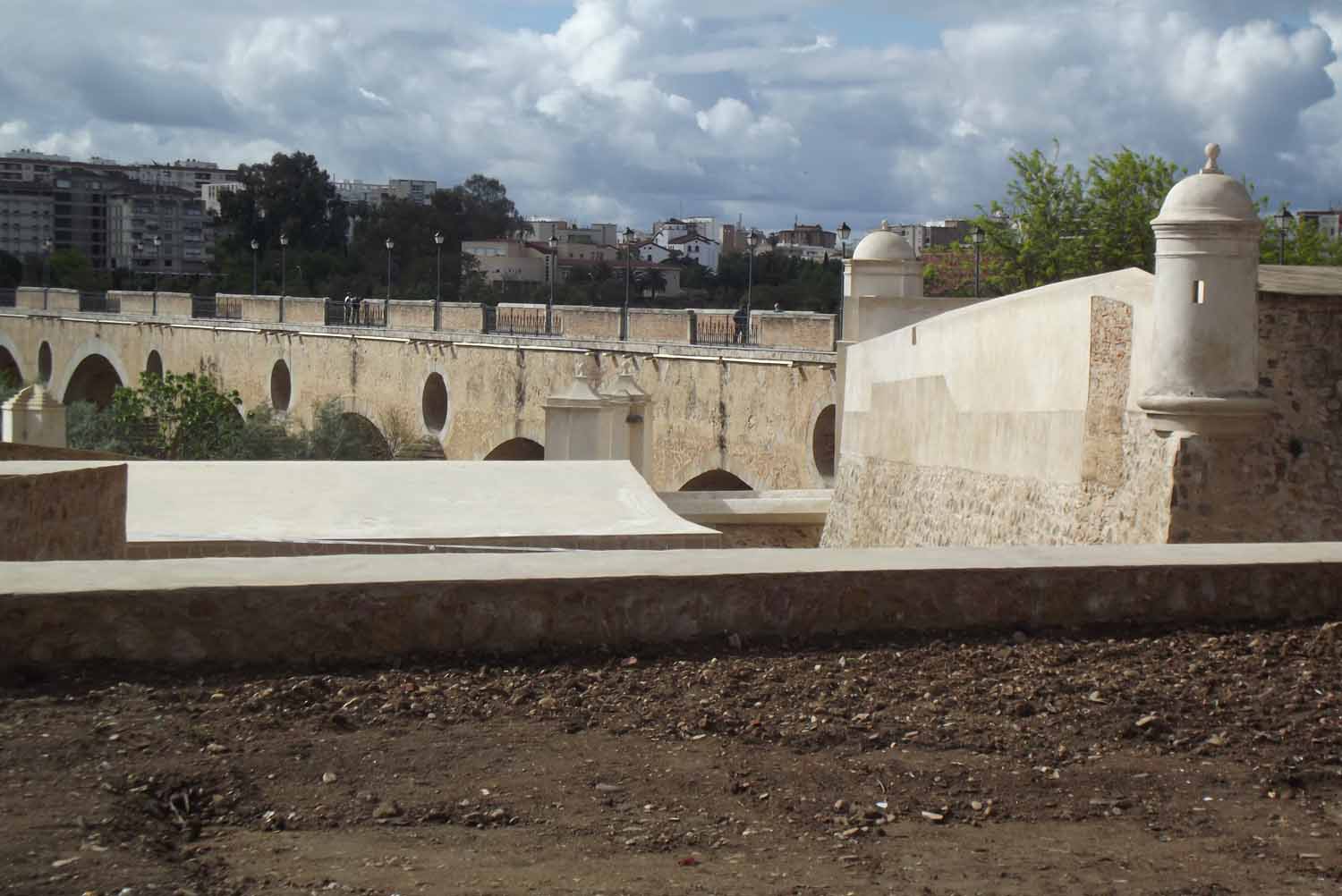 |
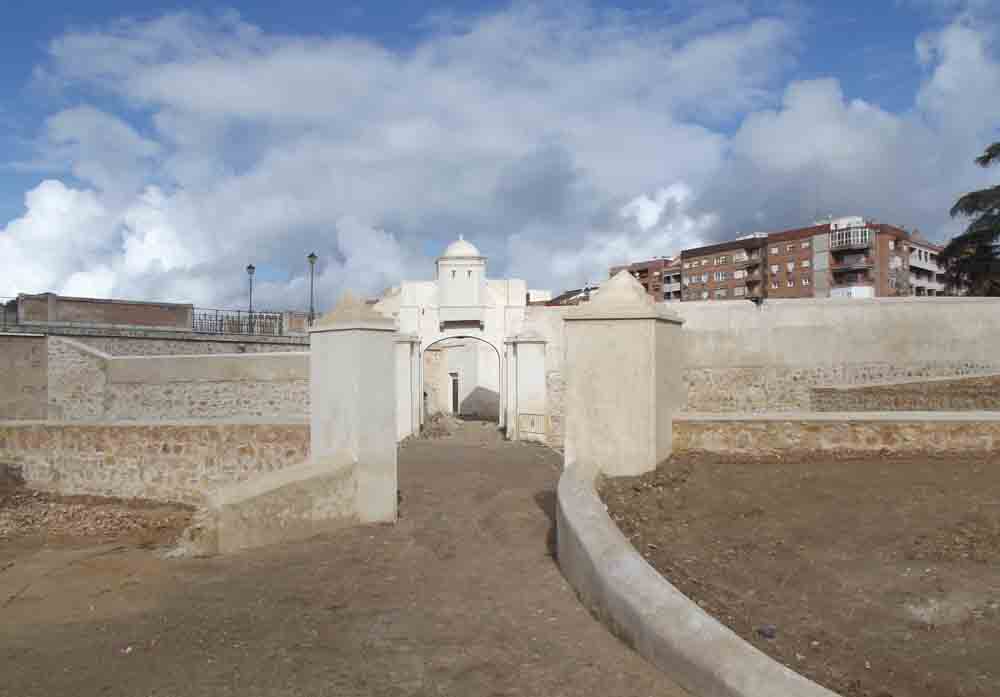 |
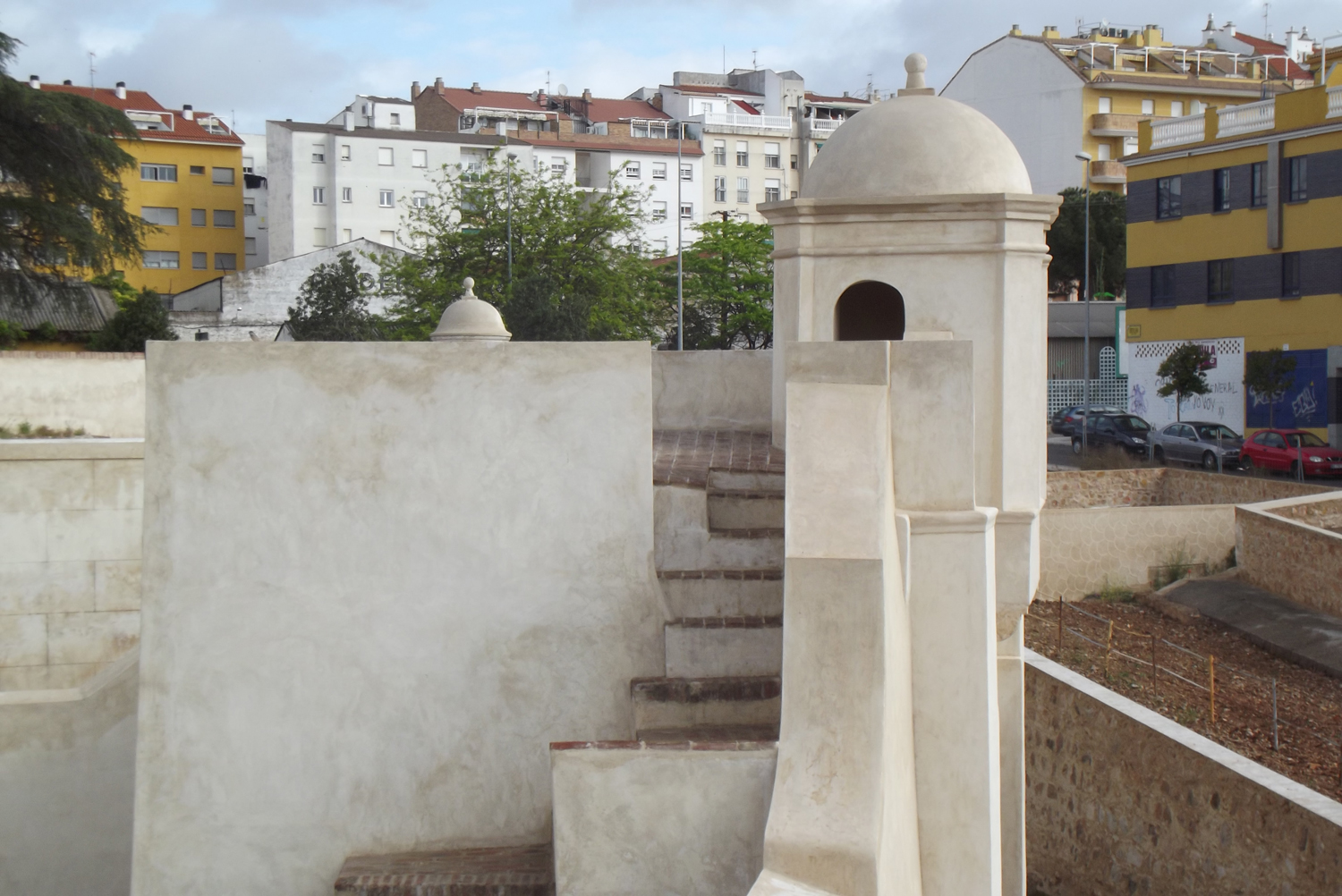 |
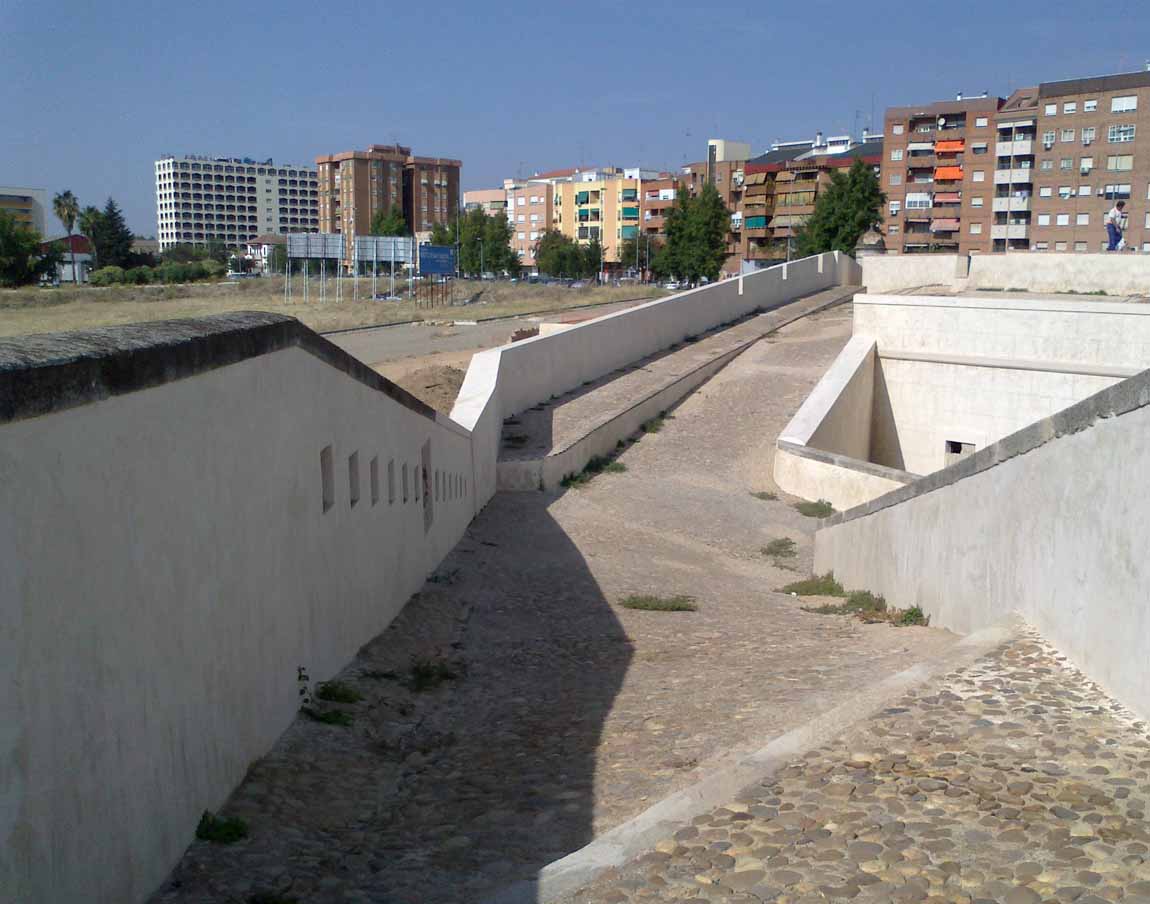 |
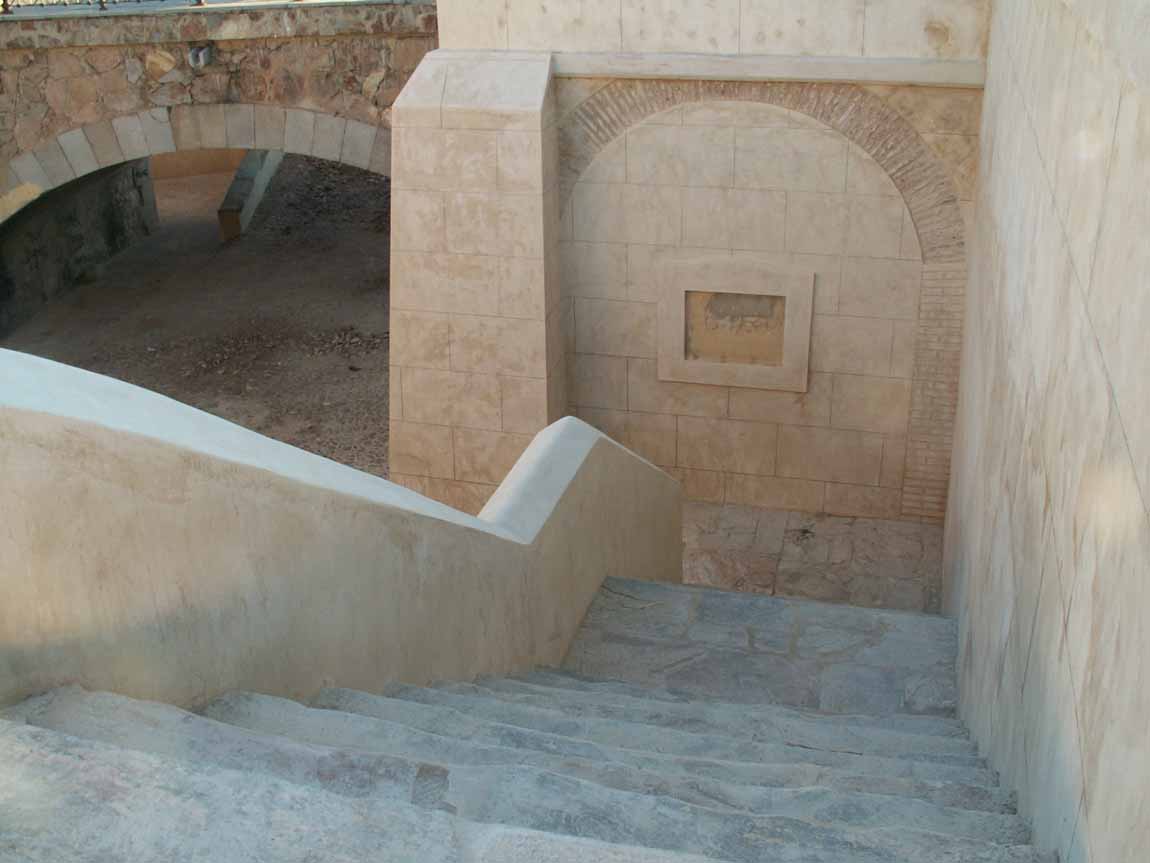 |
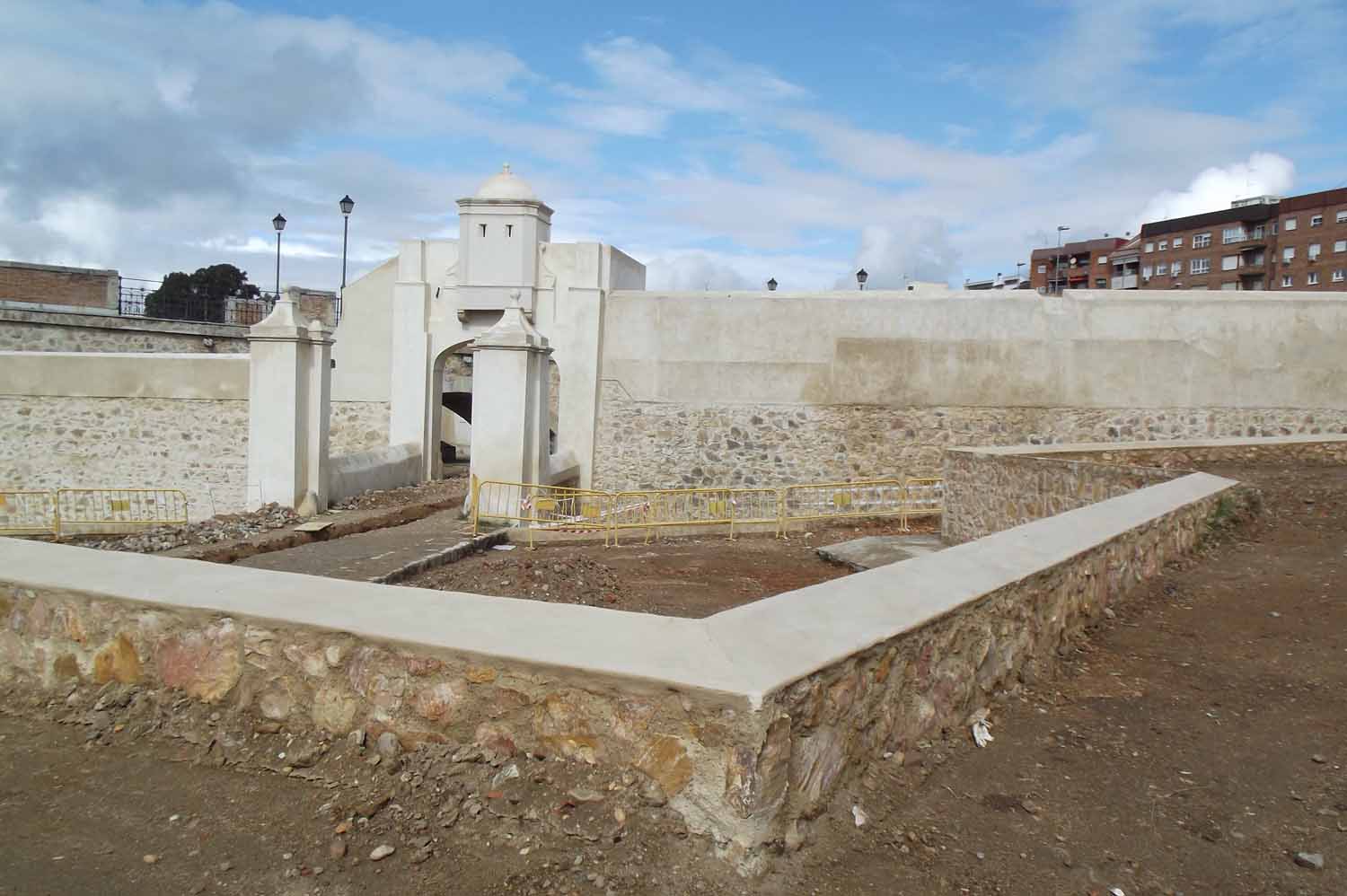
|
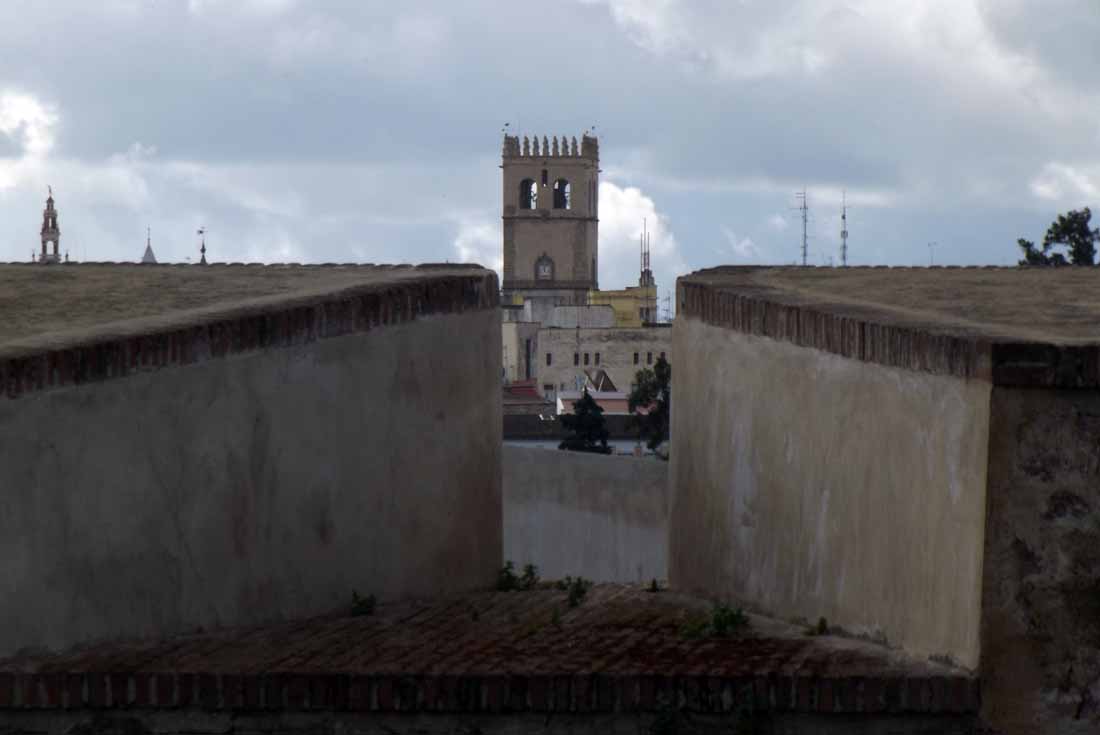 |
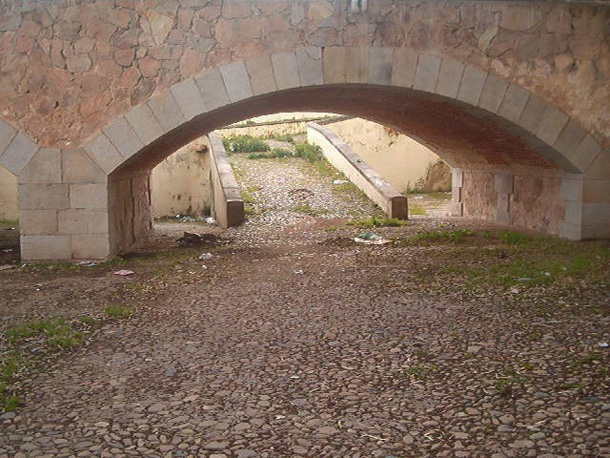 |
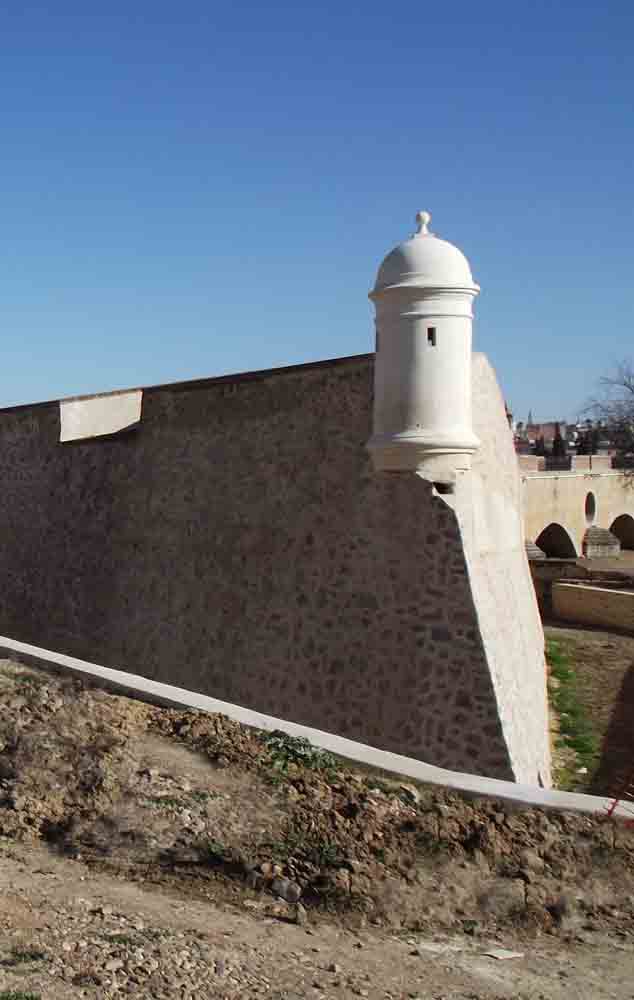 |
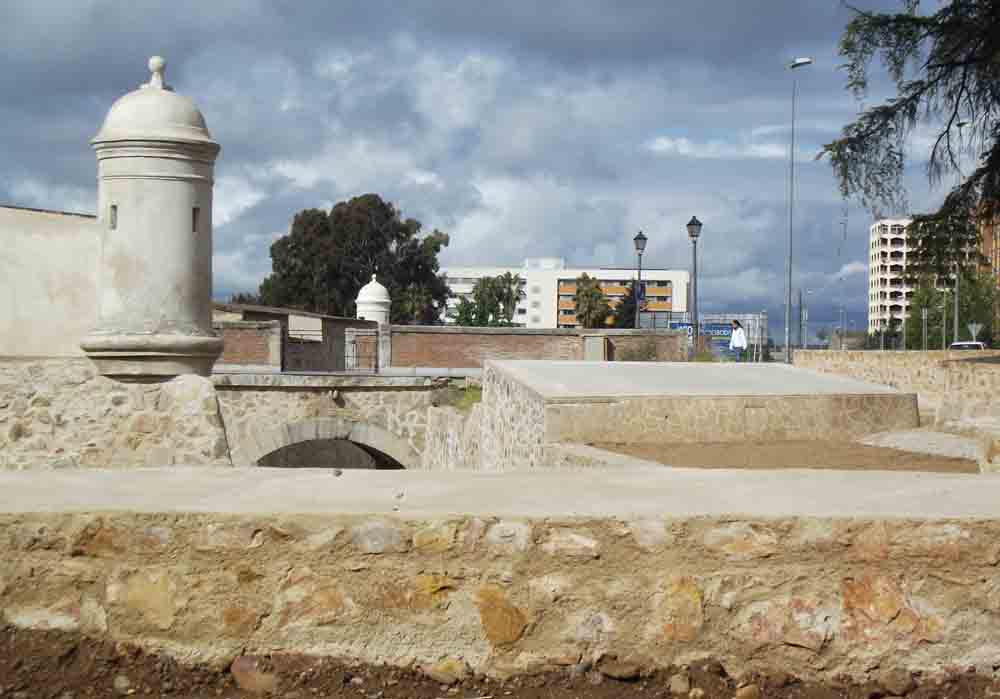 |
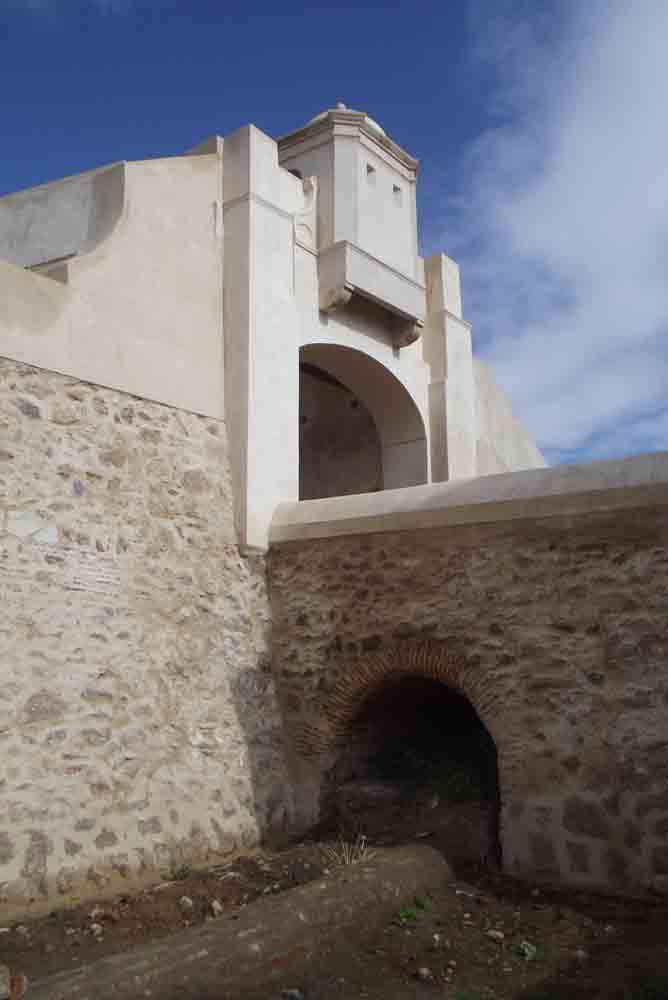 |
| |
Ver mapa más
grand |
Ver mapa más grande |
Ver mapa más grande |
| FORT OF THE SAINT CRISTOBAL |
Tracks, or remains, of the lines strengthened of Orinaza's slop |
Ver mapa más grande |
Ver mapa más grande |
Ver mapa más grande |
| FORT OF THE SAINT ROQUE OR THE TRINIDAD |
REMAINS OF THE PICURIÑA'S FORT |
FORMER SITUATION OF PARDALERAS'S FORT |
